For fans immersed in the post-1991 chapters of band history, a shadow of melancholy might linger. But let’s journey back to the vibrant era of Queen, a time brimming with youthful energy, musical innovation, and adventurous spirit. Leaving behind any lingering bitterness, we’re diving into a lesser-known facet of John Deacon: his dance! It wasn’t just a playful nickname; the moniker “Dancing Queen” was bestowed upon him for a reason.
1/10
Available anecdotes suggest that John Deacon’s school days weren’t defined by teenage rebellion or popularity contests. His primary focus was music. He immersed himself in band activities, initially with The Oppo and later The Art, where he honed his skills on rhythm guitar and then bass. Interestingly, his entry into the band scene came with a modest ambition – he initially presented himself as a potential “technician” rather than a musician! Young John dedicated his time to performances, rehearsals, practice sessions, voracious reading, and just enough homework to get by. School discos, with their typical teenage distractions, likely weren’t a significant part of his social life. He experienced them from a different perspective – from the stage itself! The Opposition was a sought-after band, playing popular songs of the era, music inherently designed for dancing. Described as reserved, quiet, and remarkably intelligent, the teenage John was still a far cry from the “disco Deacky” persona he would later embody. Yet, his deep love for Motown, a genre synonymous with passionate movement, was already taking root.
 John Deacon in his early band days, hinting at his musical beginnings
John Deacon in his early band days, hinting at his musical beginnings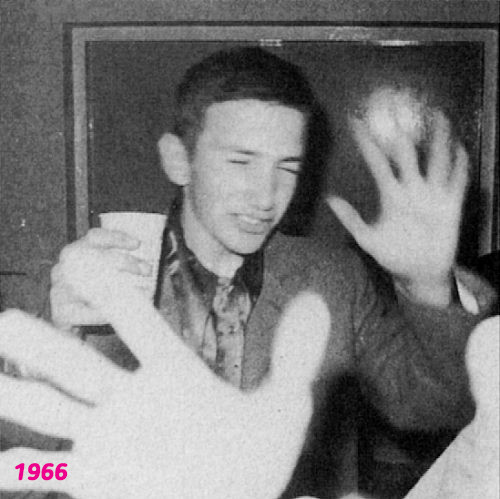 A young John Deacon focused on his instrument, a glimpse into his dedication
A young John Deacon focused on his instrument, a glimpse into his dedication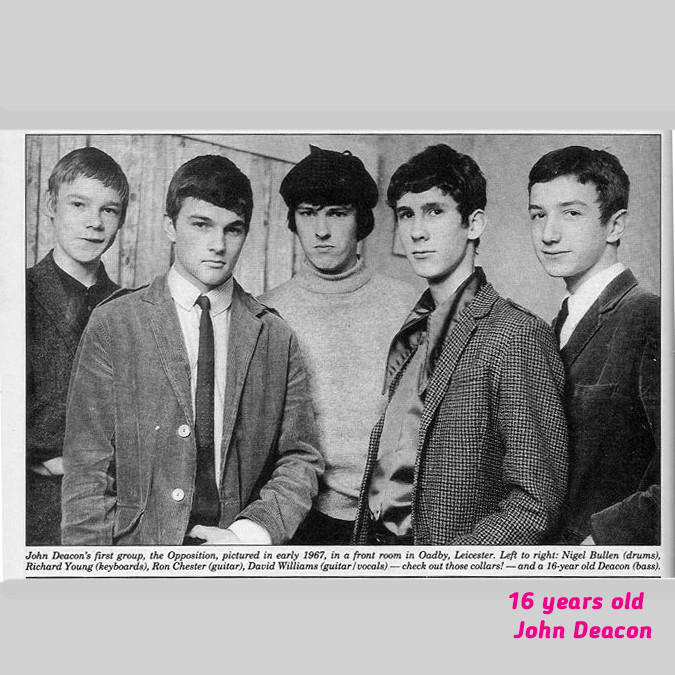 John Deacon performing with his band, showcasing his early stage presence
John Deacon performing with his band, showcasing his early stage presence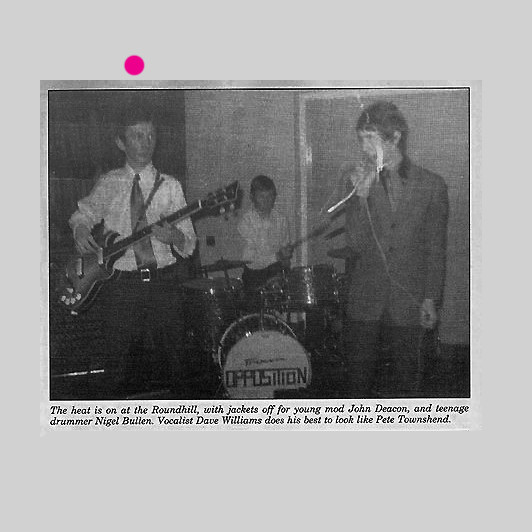 A candid shot of teenage John Deacon, capturing his quiet and observant nature
A candid shot of teenage John Deacon, capturing his quiet and observant nature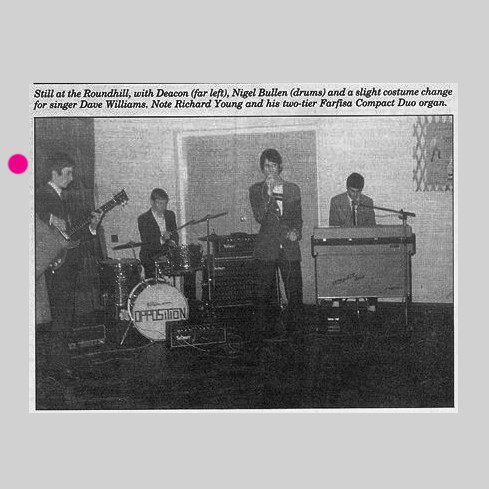 Early band performance, highlighting John Deacon's commitment to music from a young age
Early band performance, highlighting John Deacon's commitment to music from a young age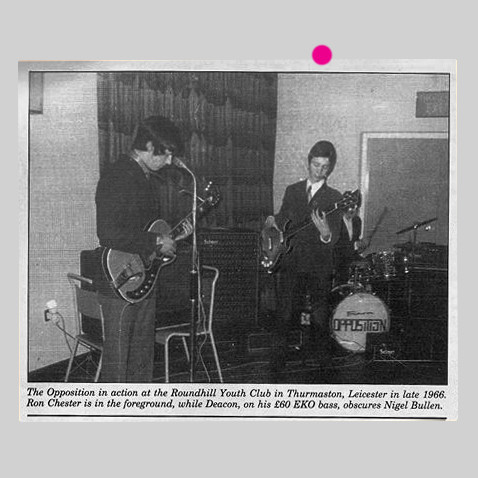 Teenage John Deacon with his guitar, showcasing his musical passion in his youth
Teenage John Deacon with his guitar, showcasing his musical passion in his youth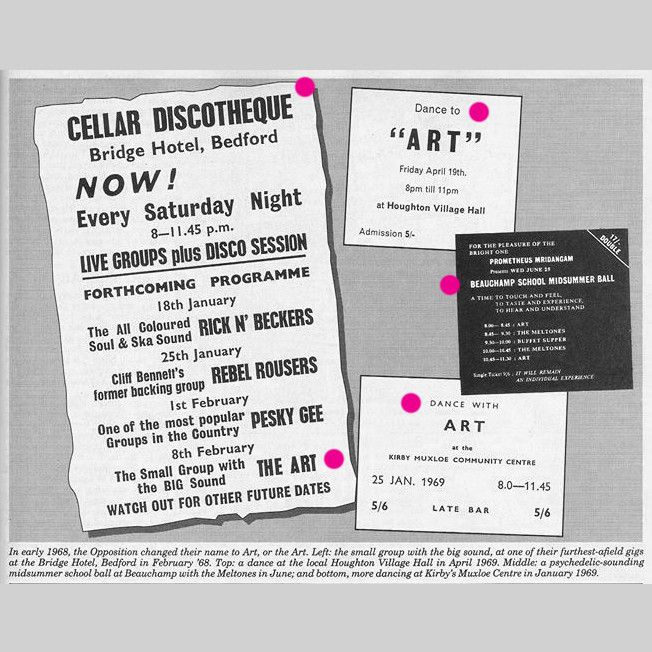 A glimpse into John Deacon's teenage years, defined by music and dedication
A glimpse into John Deacon's teenage years, defined by music and dedication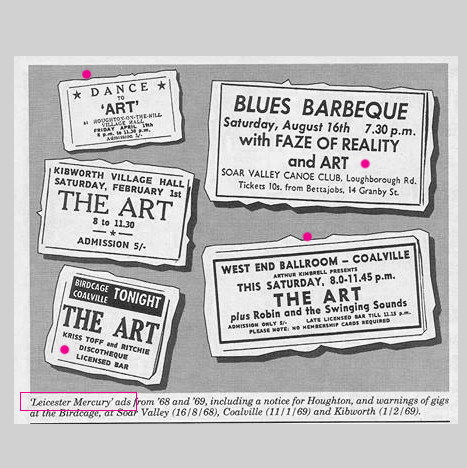 Young John Deacon in performance, laying the foundation for his future musical journey
Young John Deacon in performance, laying the foundation for his future musical journey A photo capturing the essence of teenage John Deacon's musical dedication and focus
A photo capturing the essence of teenage John Deacon's musical dedication and focus
2/10
Moving to London to study at Chelsea College marked a turning point. As John shed his rural shyness and embraced the city’s vibrant culture, discos likely entered his social sphere. London in the 1970s was a cultural melting pot, and this period holds two pivotal disco-related events for John. Firstly, at a disco in Maria Assumpta Teacher Training College, a mere 15-minute distance from his shared apartment, he met Veronica, his future wife. Secondly, at another disco within the same college, fate intervened again. Through mutual acquaintances, he connected with two musicians seeking a bassist, their previous four bassists failing to meet their exacting standards. It was at discos – not pubs, cafes, libraries, or museums – that these life-altering encounters occurred. If John’s intention was to become more outgoing and expand his social circle, his foray into the disco scene was undeniably successful.
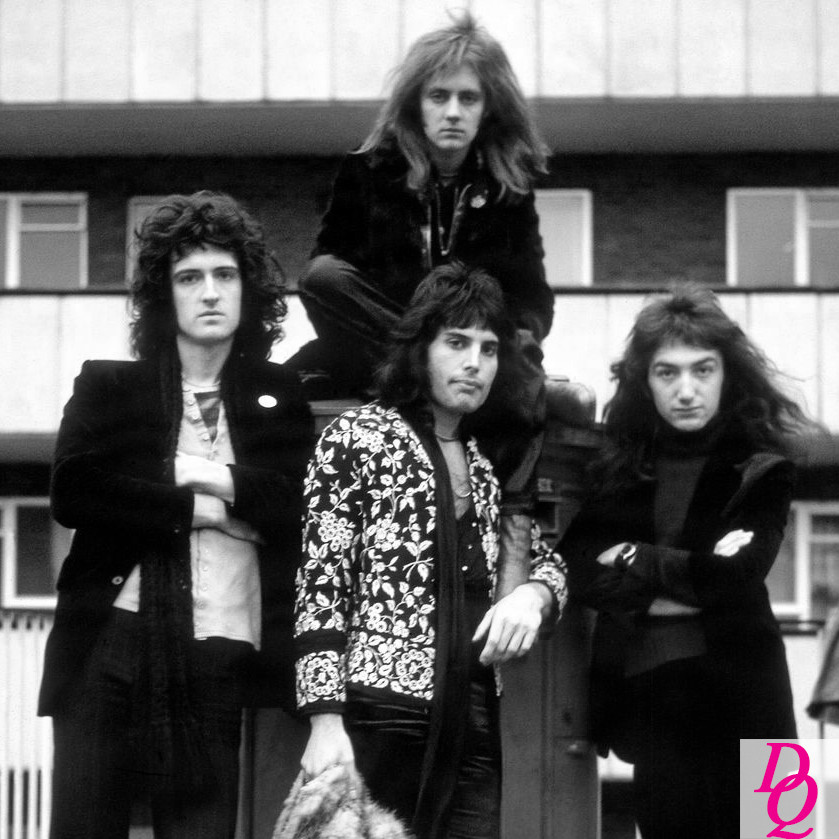 John Deacon in London, embracing the city life and cultural scene
John Deacon in London, embracing the city life and cultural scene John Deacon during his London college years, a time of personal and musical growth
John Deacon during his London college years, a time of personal and musical growth John Deacon's London era, where disco became a part of his social and personal life
John Deacon's London era, where disco became a part of his social and personal life College days in London, shaping John Deacon's social interactions and future
College days in London, shaping John Deacon's social interactions and future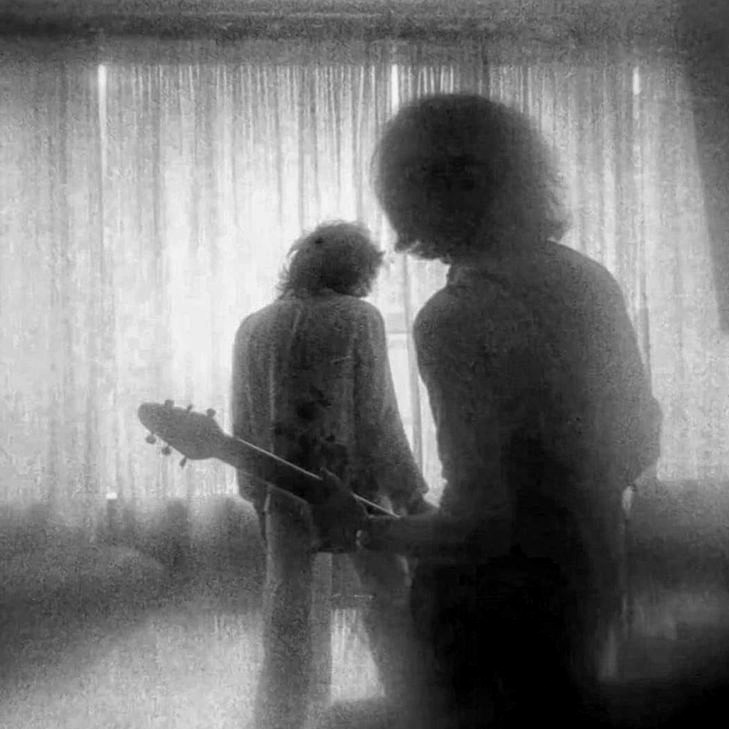 London in the 70s, the backdrop for John Deacon's disco encounters and life changes
London in the 70s, the backdrop for John Deacon's disco encounters and life changes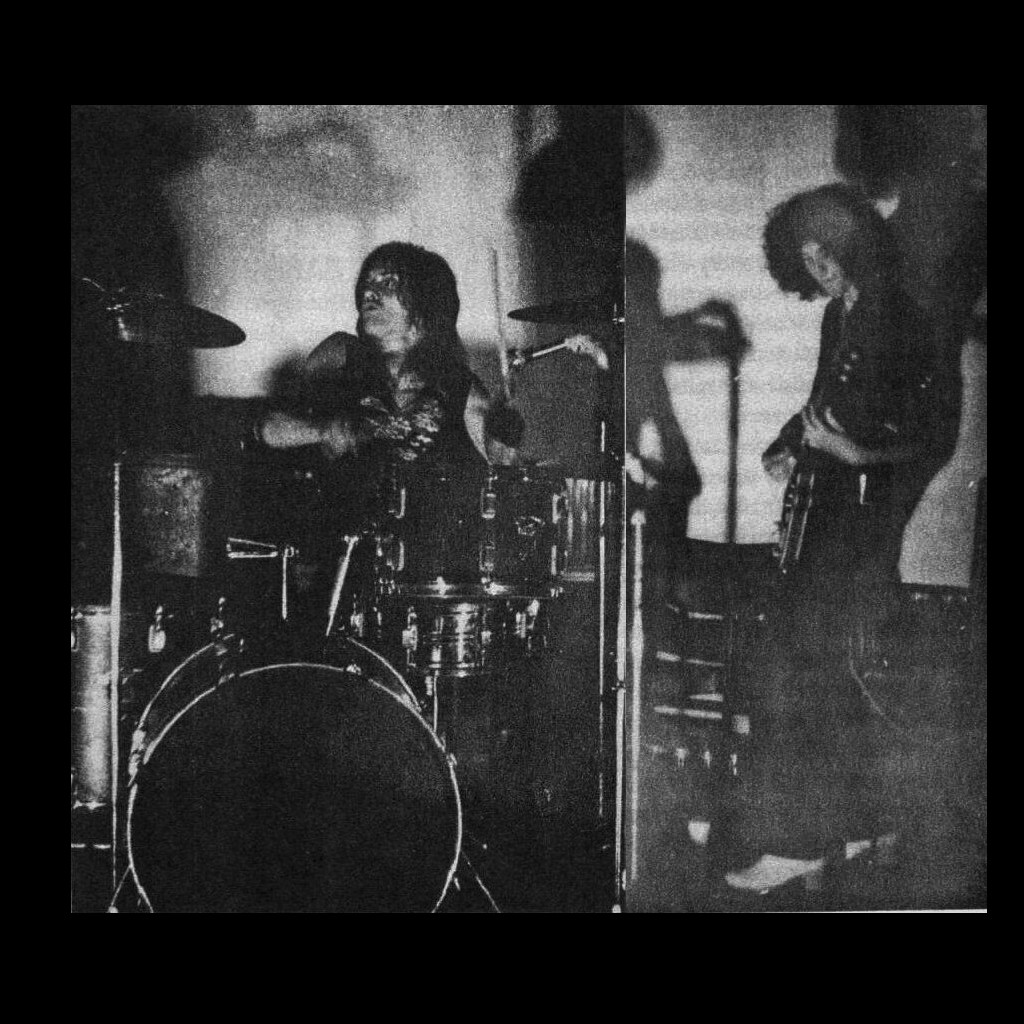 John Deacon's time in London, marked by significant encounters at college discos
John Deacon's time in London, marked by significant encounters at college discos Disco scenes in 1970s London, a key element in John Deacon's social and romantic life
Disco scenes in 1970s London, a key element in John Deacon's social and romantic life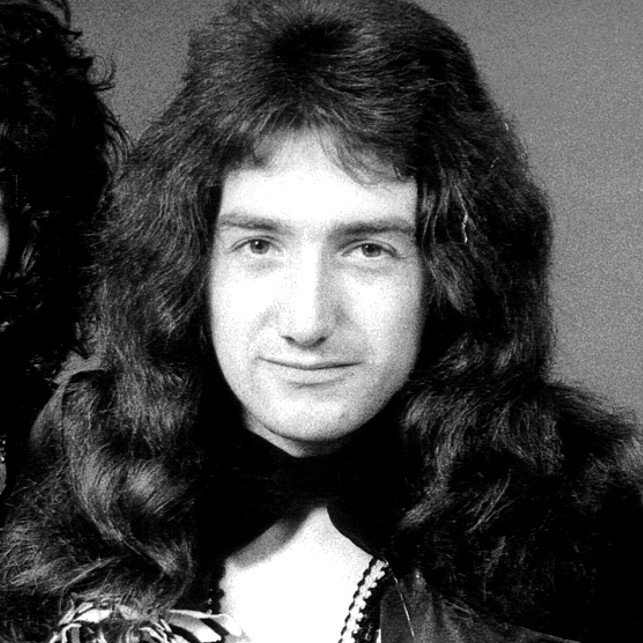 London's 70s culture, influencing John Deacon's personal and musical journey
London's 70s culture, influencing John Deacon's personal and musical journey
A noteworthy detail emerges from 1974: John Deacon sporting a simple t-shirt emblazoned with the Motown Records logo. This wasn’t just a fashion choice; it hinted at a deep-seated fanboy story. Motown Records, the first African American-owned record label to achieve widespread success, not only launched numerous iconic musicians and singers but also pioneered a distinct Motown sound. This sound, characterized by its prominent bass lines, immediately captivates the listener. In 1965, Motown’s leading acts toured Britain to roaring success across 21 cities. John, then 14 and just starting his musical journey in a band, likely idolized James Jamerson more than Jimi Hendrix. The British branch of Tamla Motown, bearing the logo seen on John’s t-shirt, was established in London in 1965 and remained active until 1976. These Motown roots are undeniably a significant influence on the richness of John’s bass lines and his disco enthusiasm. Motown hits were crafted for dancing, with performers amplifying the energy with their rhythm and movements. “Dancing Queen” was practically John’s unofficial title long before the Queen anthem!
It’s also plausible that John, with his connections to the music industry, readily accepted free promotional t-shirts from record labels. His yellow Electra t-shirt and Queen merchandise from the 1975 Japan tour further support this idea – freebies are always welcome!
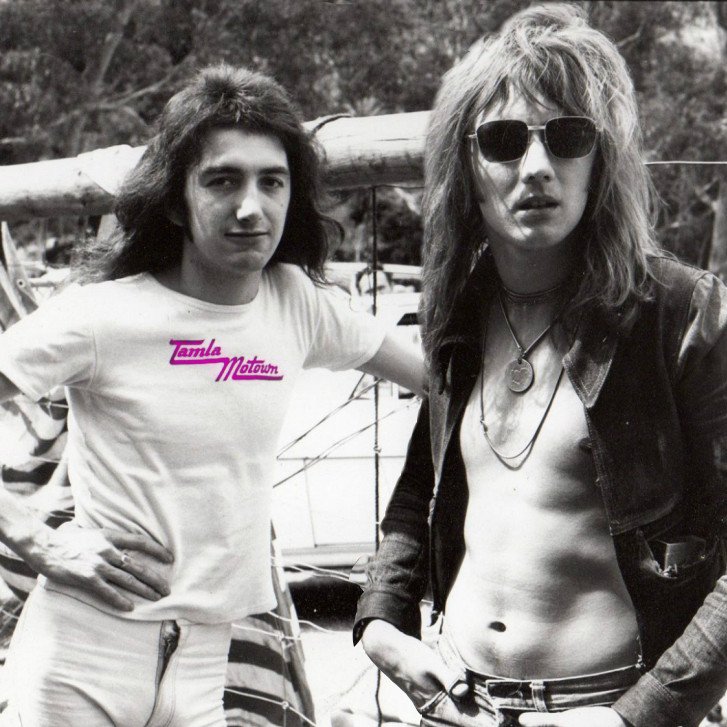 John Deacon wearing a Motown t-shirt in 1974, showcasing his musical influences
John Deacon wearing a Motown t-shirt in 1974, showcasing his musical influences Close-up of the Motown logo on John Deacon's t-shirt, highlighting his music inspiration
Close-up of the Motown logo on John Deacon's t-shirt, highlighting his music inspiration Motown Records logo, a symbol of the label's impact on music and John Deacon's style
Motown Records logo, a symbol of the label's impact on music and John Deacon's style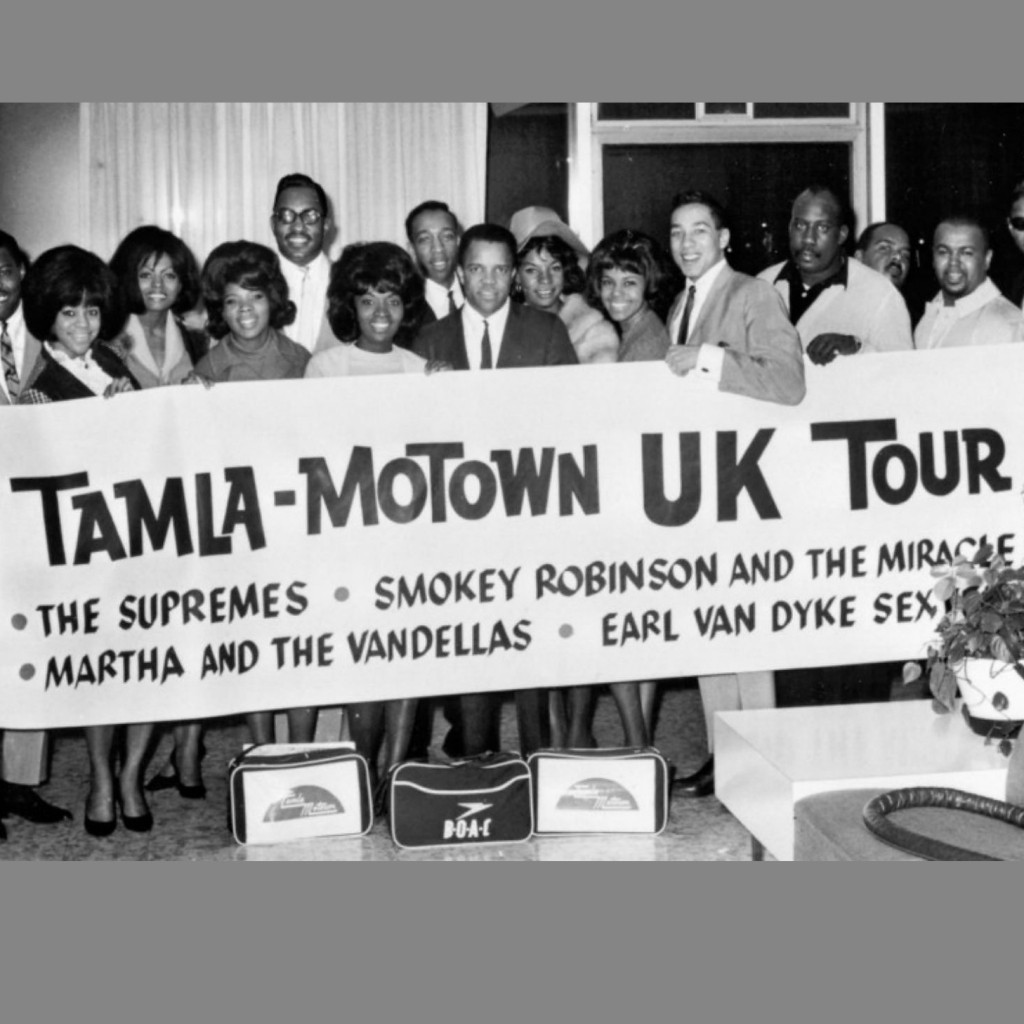 John Deacon's fashion choice reflecting his musical tastes and fan allegiance
John Deacon's fashion choice reflecting his musical tastes and fan allegiance James Jamerson, a Motown bass legend, likely an inspiration for young John Deacon
James Jamerson, a Motown bass legend, likely an inspiration for young John Deacon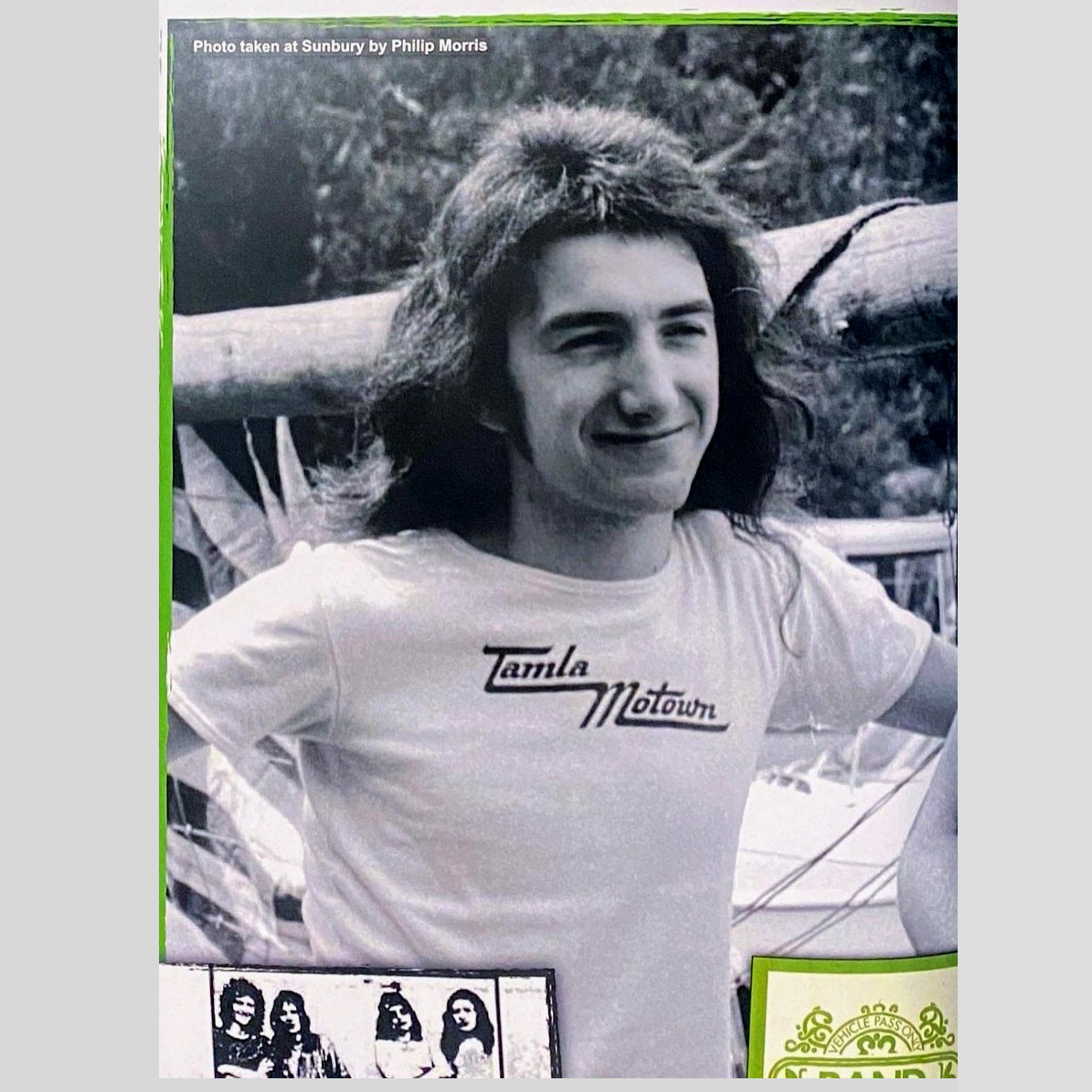 John Deacon, the "Dancing Queen," with a playful take on his nickname and musical identity
John Deacon, the "Dancing Queen," with a playful take on his nickname and musical identity
3/10
Early Queen concert videos reveal a surprisingly dynamic John Deacon, defying the reserved stereotype. Far from being a static figure in the background, he moved energetically across the stage. He’s seen running towards Roger, then back to Freddie, engaging in choreographed movements with Freddie during “Liar,” interacting with the audience, and moving with fervor. While these energetic movements weren’t elaborate dance routines, the early Queen setlists were demanding for the bassist, leaving little room for elaborate stage antics. His movements were functional, focused on maintaining rhythm. Yet, John engaged his entire body in his performance, shifting positions and intuitively marking musical phrases with his movements. Watching early Queen gigs readily available on YouTube, despite the sometimes-unconventional lighting, reveals the extent of John’s activity beyond just playing bass.
[Consider watching early QUEEN gigs on YouTube to witness John’s dynamic stage presence.]
4/10
Bassists, when observed closely in performance videos (especially those seated, where movements are more visible), often exhibit subtle rhythmic motions. This serves as an internal rhythmic framework, a layer between the drums and their playing. As a bass teacher and session musician explained, when hands are occupied, musicians often use head or leg movements to maintain this rhythmic grid. While seasoned musicians may rely less on these overt movements, many continue as it becomes an ingrained part of their performance and adds visual dynamism. John, possessing an exceptional sense of rhythm, visually embodies the pulse of Queen. While Roger establishes the foundational rhythm, his drumming limits extensive physical movement. John becomes the visual representation of rhythm within the band, a crucial rhythmic counterpart. This dynamic is common in bands, but particularly captivating to observe in Queen. Comparing John’s movements to Brian’s stage presence highlights their distinct roles within the music. Furthermore, John’s movements often transcended mere rhythm-keeping. They were infused with a raw, almost rebellious energy. Sex, drugs, and rock ‘n’ roll? Deacon embodied all three in his performance.
Gff compiled numerous short video clips from various gigs to illustrate this point, though many have unfortunately been blocked on Instagram due to copyright issues. – @lennydear
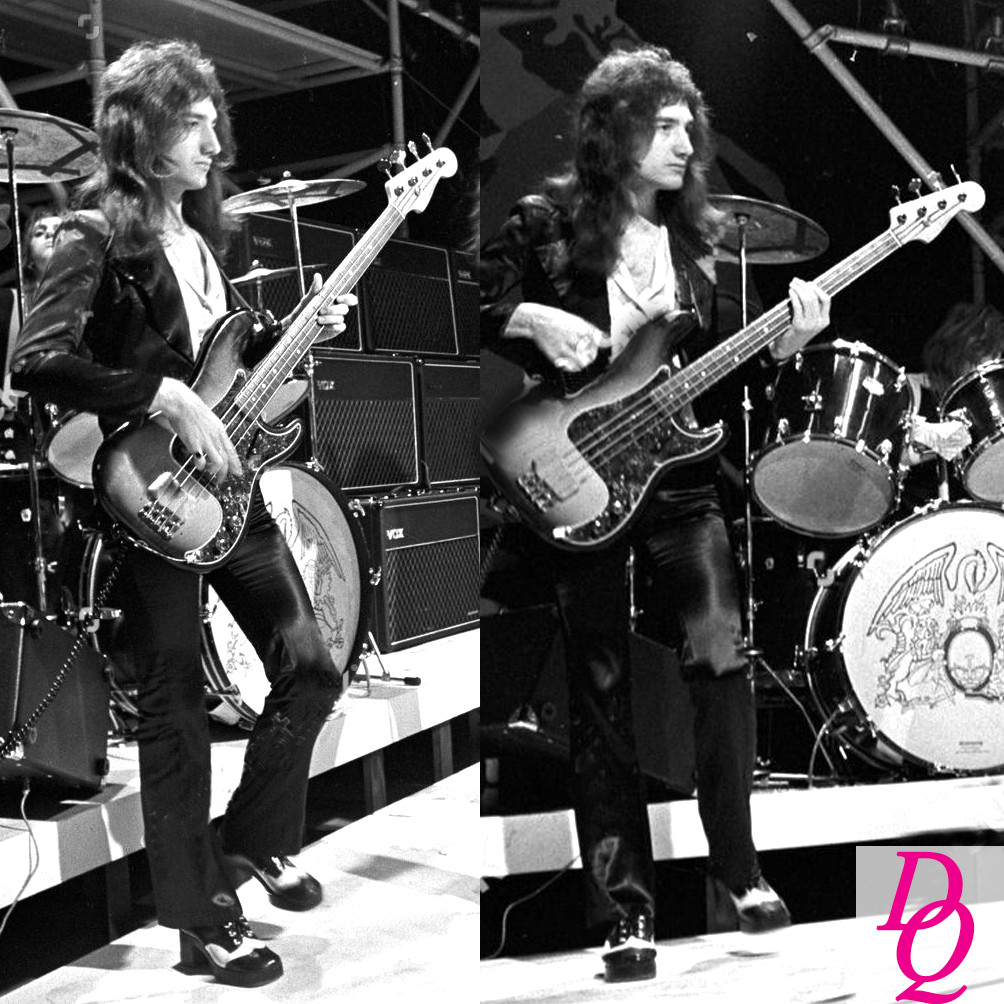 John Deacon's rhythmic movements on stage, a visual representation of Queen's pulse
John Deacon's rhythmic movements on stage, a visual representation of Queen's pulse
5/10
What about “dancing” Deacon in a more explicit sense? The second category of evidence comes from music videos. Queen’s early TV appearances in 1973, often involved mimed performances (even if played live, TV broadcasts usually overdubbed with record versions). This freed the band from striving for perfect sonic reproduction, allowing them to focus on visual spectacle. Freddie naturally took center stage in this aspect, but the other members, including Roger even behind his drum kit, contributed to the showmanship. As a fresh band aiming to make a strong impression in the burgeoning medium of television, a captivating performance was vital for chart success.
This era witnessed the emergence of “wild disco Deacon.” Perhaps for the first time on a wide platform, Deacon injected a playful sensuality (or simply his characteristic dance moves, depending on interpretation) into his performance. This hip-swiveling energy was as integral to the Queen performance as Roger’s stick twirling! His exaggerated “singing” in these performances was purely for show, a theatrical element. Modesty was clearly not the priority! The “shy Deacky” image was nowhere to be found. And, in a humorous detail, notice the cool yet slightly goofy Deacon chewing gum in some early videos!
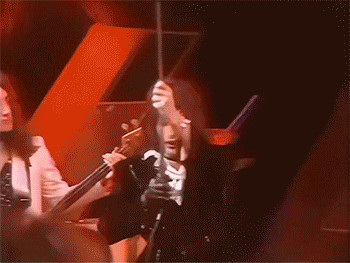 GIF animation of John Deacon dancing in an early Queen TV performance, highlighting his disco moves
GIF animation of John Deacon dancing in an early Queen TV performance, highlighting his disco moves
Gff meticulously analyzed Queen’s Top Of The Pops BBC performances, specifically focusing on Deacon’s contributions. These silent video analyses offer a fascinating perspective. While Gff’s original channel is now private due to copyright issues, similar content may be found on channels like: https://www.youtube.com/@kurgan46/videos – @lennydear
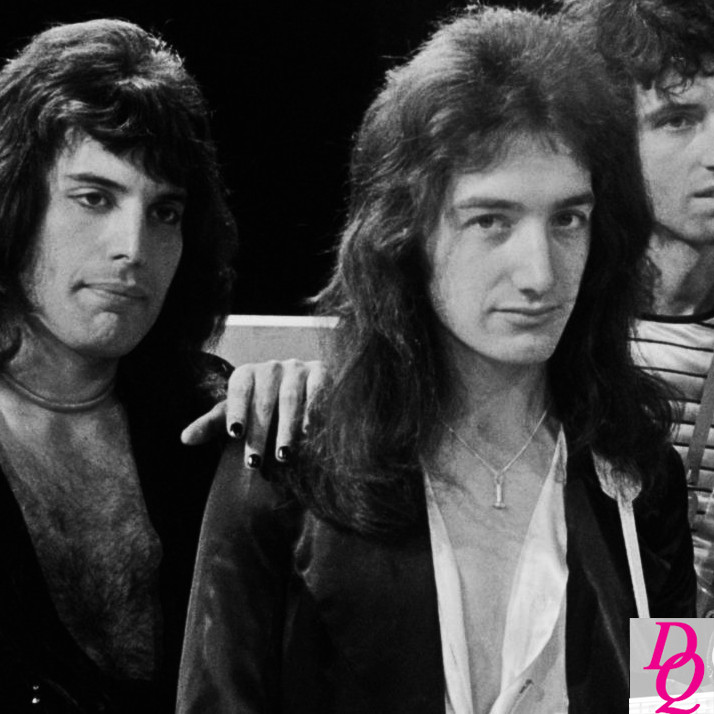 John Deacon in a TV performance, showcasing his early "disco" stage persona
John Deacon in a TV performance, showcasing his early "disco" stage persona
6/10
Moving chronologically through John’s career, explicit mentions of his dancing in the late 1970s are scarce. However, the Montreal ’81 concert footage and later comments from Roger and Brian reveal their “surprise” at the extent and intensity of Deacon’s stage movements.
Watch Queen Live Montreal 1981 with commentary – YouTube
Brian even remarked, “Even from behind the drums, Roger was flashier than John (except for the dancing; no one out-dances John).”
John’s disco life seemingly reached a new level during Queen’s tax exile in Munich. Removed from the constant touring cycle, they established favorite haunts, both together and individually, including Freddie’s preferred “special” bars. Disco clubs were undoubtedly among these places. Roger jokingly recounts nights of intense Scrabble matches, while Brian vaguely alludes to copious vodka and other substances. John himself later hinted at excesses during their time in Japan. However, for John, these “excesses” were often intertwined with dancing. Already embracing fitness and jogging, spending hours on the dance floor was a natural extension. The Munich period also witnessed John’s first documented act of instrument destruction – joining Roger in smashing his drum kit, fueled by Roger’s frustration with sound quality. John’s state during this incident remains a humorous mystery.
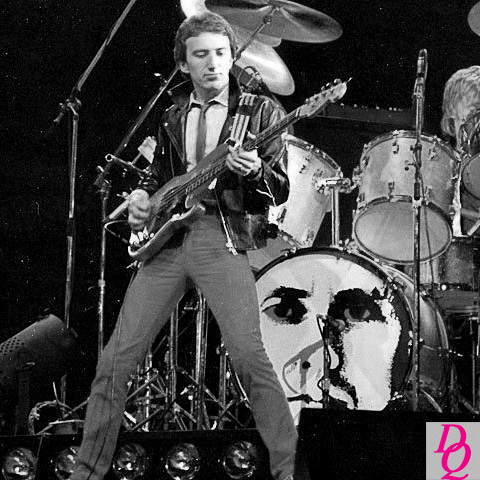 John Deacon on stage in the 80s, showcasing his energetic performances
John Deacon on stage in the 80s, showcasing his energetic performances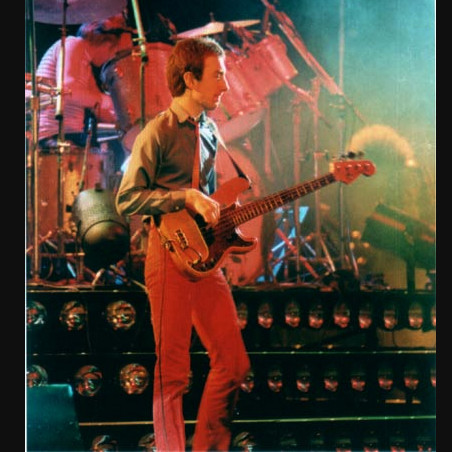 John Deacon performing live, highlighting his dynamic stage presence in later years
John Deacon performing live, highlighting his dynamic stage presence in later years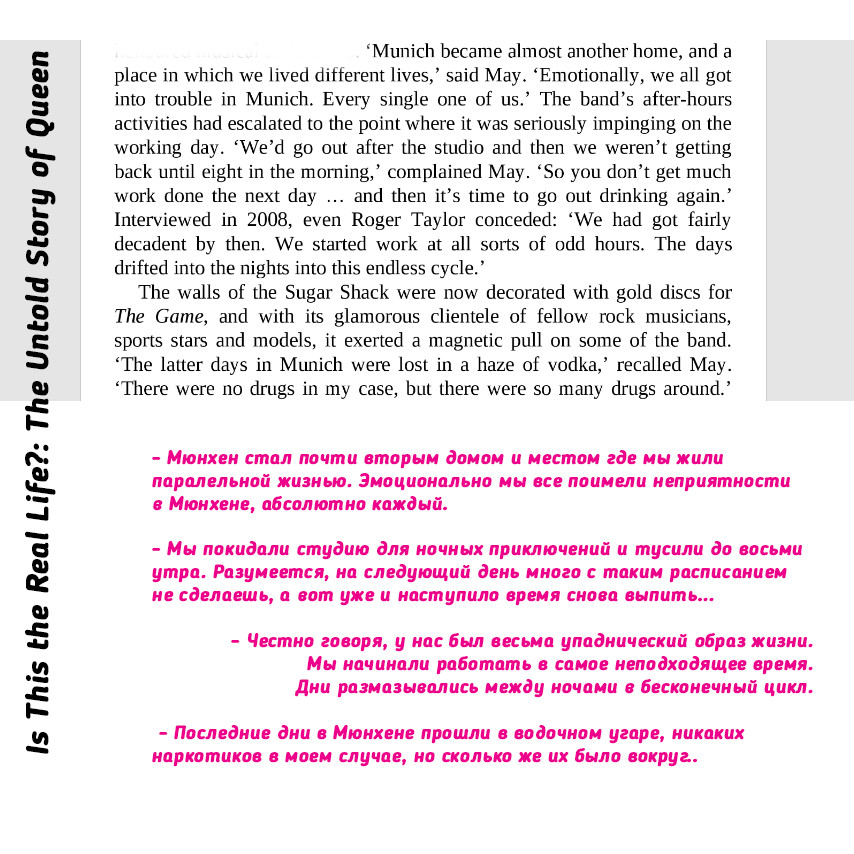 Stage shot of John Deacon in concert, capturing his movement and engagement with the music
Stage shot of John Deacon in concert, capturing his movement and engagement with the music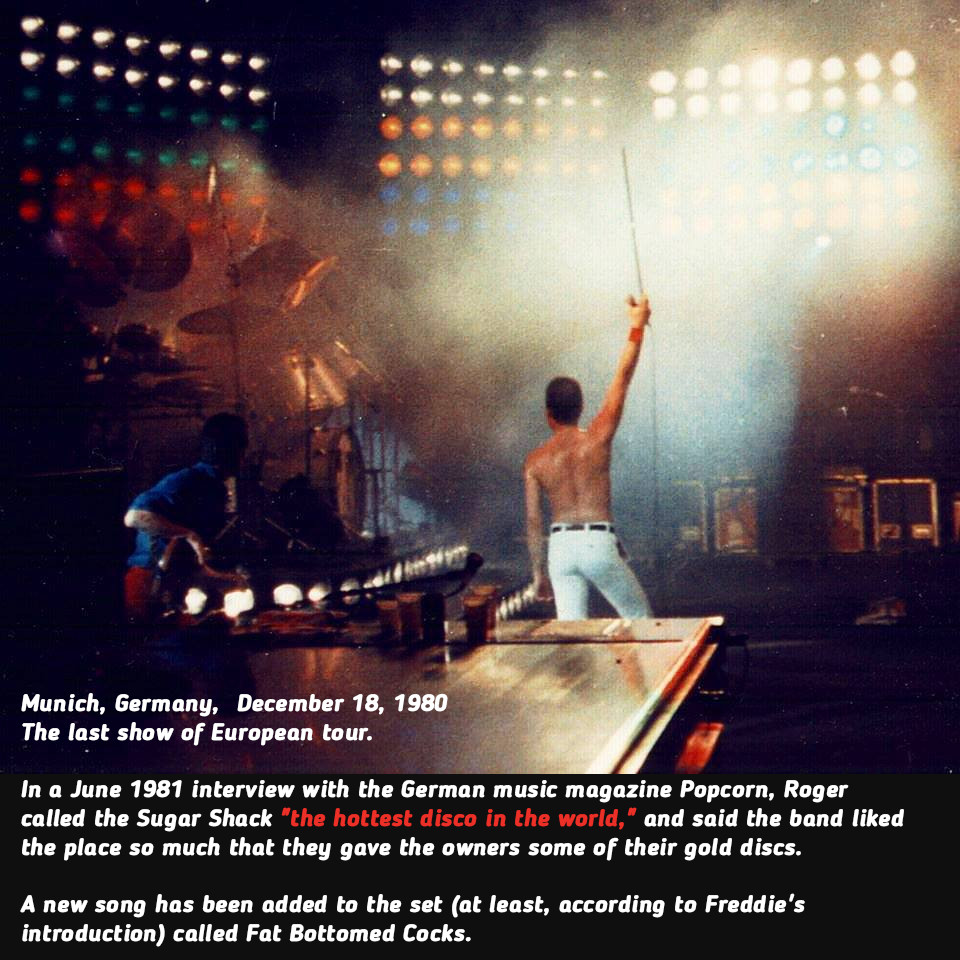 John Deacon in his element on stage, showcasing his energetic performance style
John Deacon in his element on stage, showcasing his energetic performance style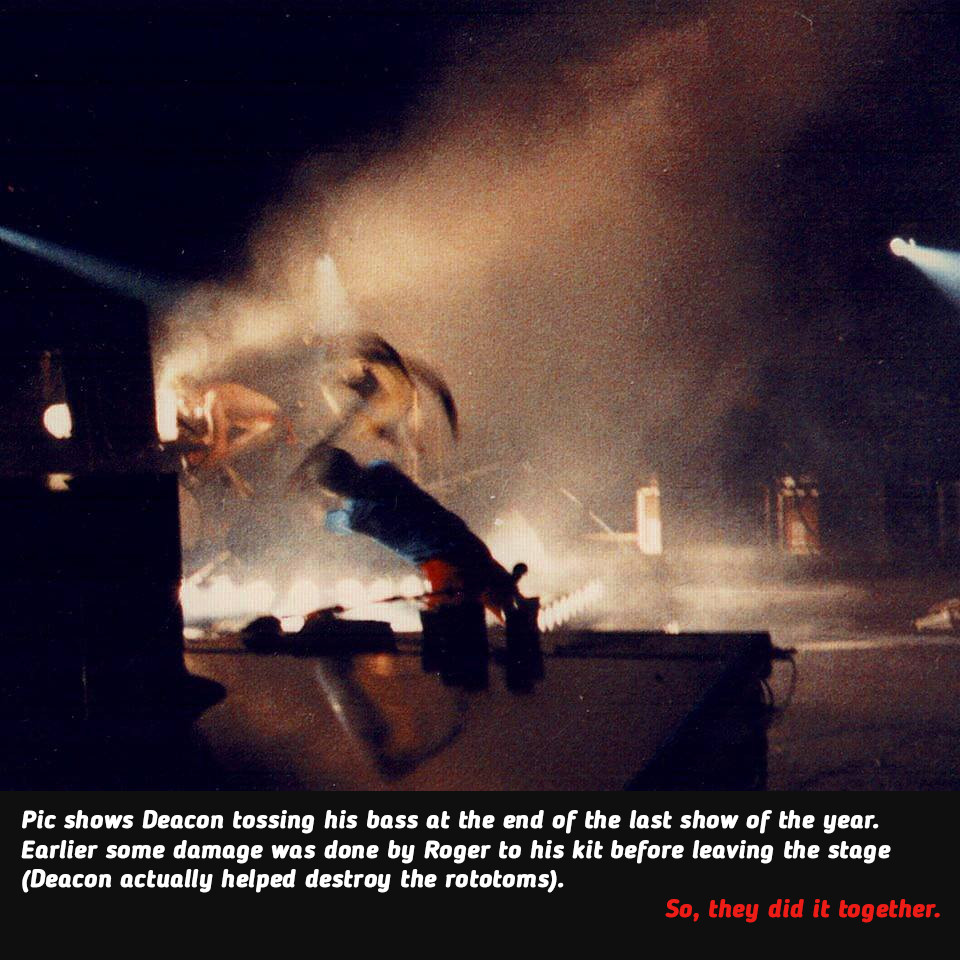 Live performance image of John Deacon, emphasizing his physical engagement during concerts
Live performance image of John Deacon, emphasizing his physical engagement during concerts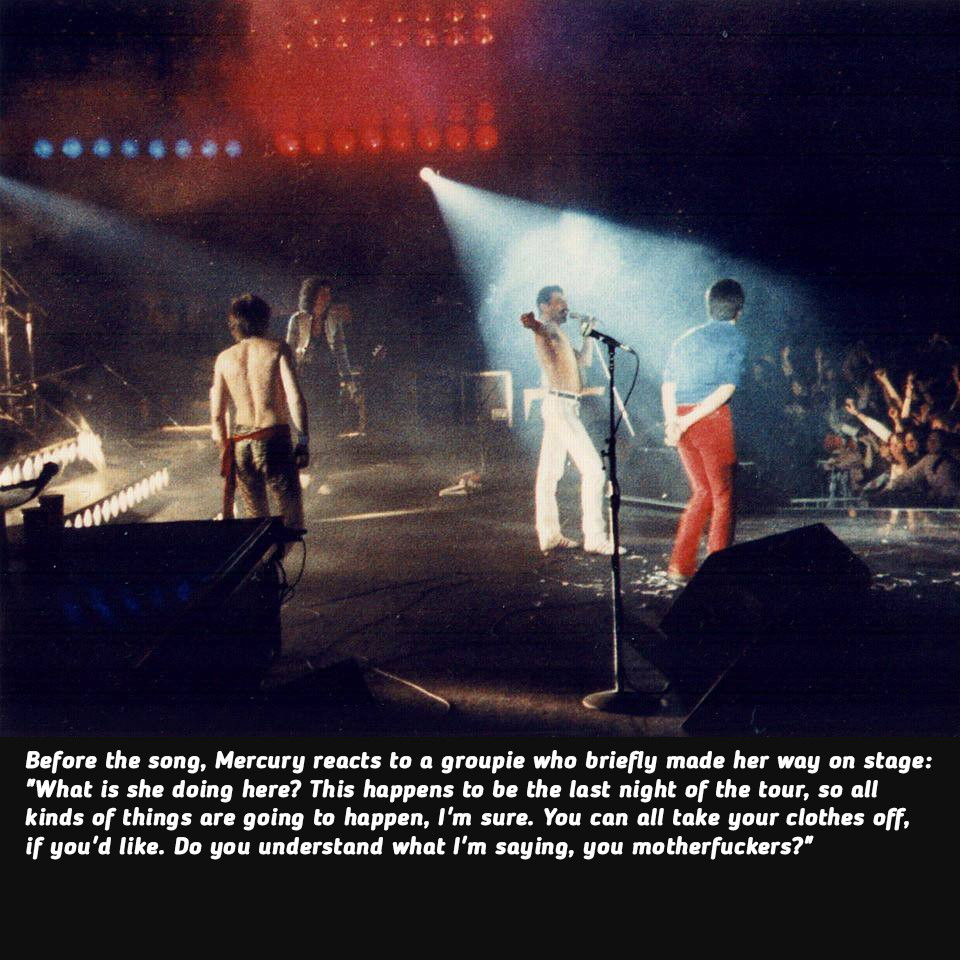 John Deacon in concert, a dynamic figure on stage, defying his quiet image
John Deacon in concert, a dynamic figure on stage, defying his quiet image
7/10
The 1980s witnessed John fully embracing his “Dancing Queen” persona. Ratty, a member of Queen’s crew, recounts: “Staying and traveling separately in Japan, we consequently saw very little of Fred, Brian, Roger and big member John apart from shows, although we did catch the occasional glimpse of our employers at parties or in nightclubs. During a Japanese tour, there were usually several stays in Tokyo and I sometimes stayed over with big member John in the spare room of his suite in the New Otani Hotel or Keio Plaza in Shinjuku, when we got in late from clubbing.”
Ratty further details: “The band were lauded at The Lexington Queen in Roppongi, a swish place frequented by western fashion models, but crew activities were mainly at Byblos in Akasaka, which was a disco laid out over several floors, with a DJ in a ‘space pod’, which traveled in a perspex tube between the various levels. Big member John, who was the only member of Queen I have ever seen being truly active on a dance floor, would love to ‘pop up and bop in Byblos’. That’s some tongue twister – particularly after the passing of a sake bowl the size of a UFO. A rhythm player with real rhythm, that’s big member John.” (Ratty’s “big member” joke is clearly a source of amusement). While alcohol was undoubtedly present, it wasn’t about excessive drinking. Discos provided John with a healthy outlet to unwind, de-stress, and relax. Ratty’s account is from 1982, but this lifestyle continued through 1984-85. Creating an 80s playlist and dancing, imagining “Deacky” nearby, becomes an appealing image.
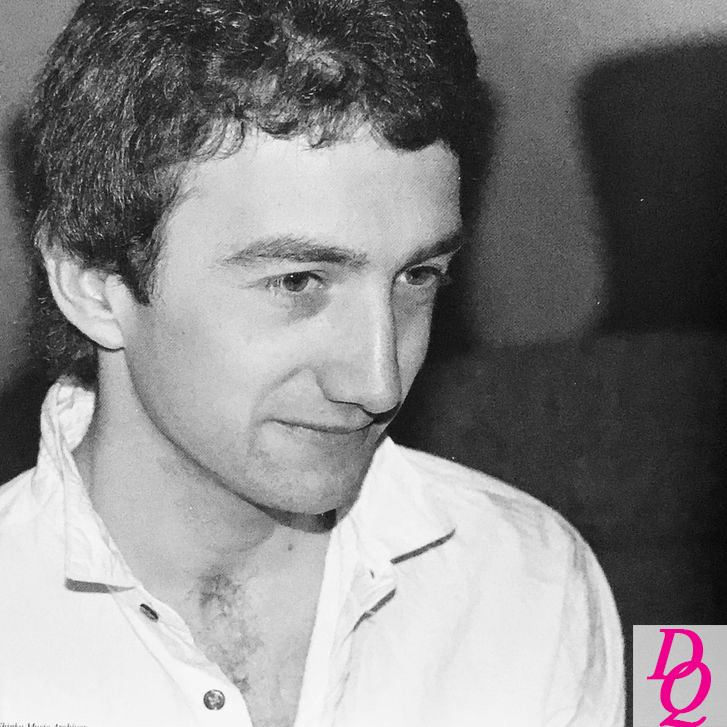 John Deacon enjoying his time in Japan, embracing the nightlife and disco scene
John Deacon enjoying his time in Japan, embracing the nightlife and disco scene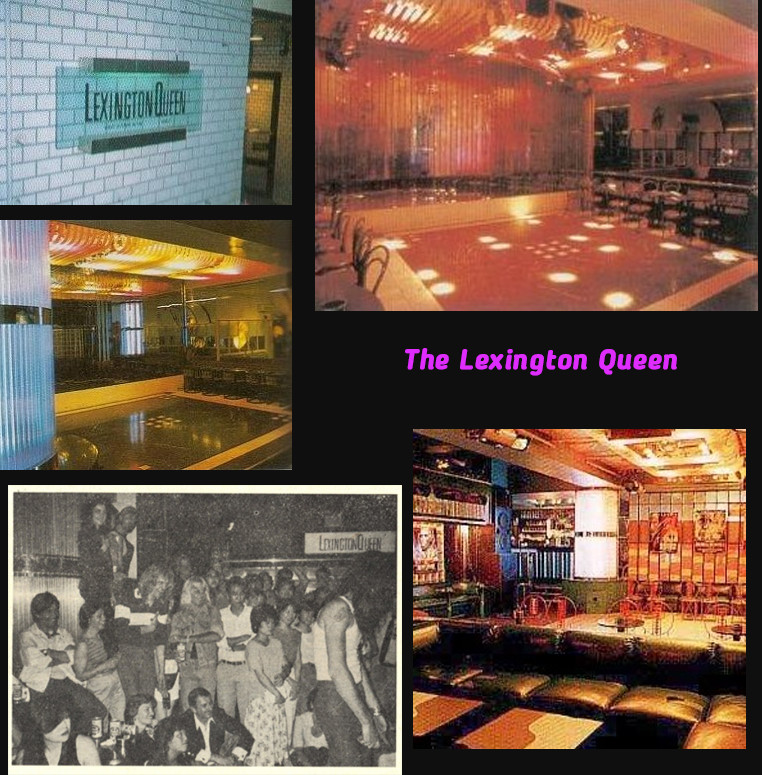 John Deacon in Japan, likely during a tour, hinting at his off-stage social life
John Deacon in Japan, likely during a tour, hinting at his off-stage social life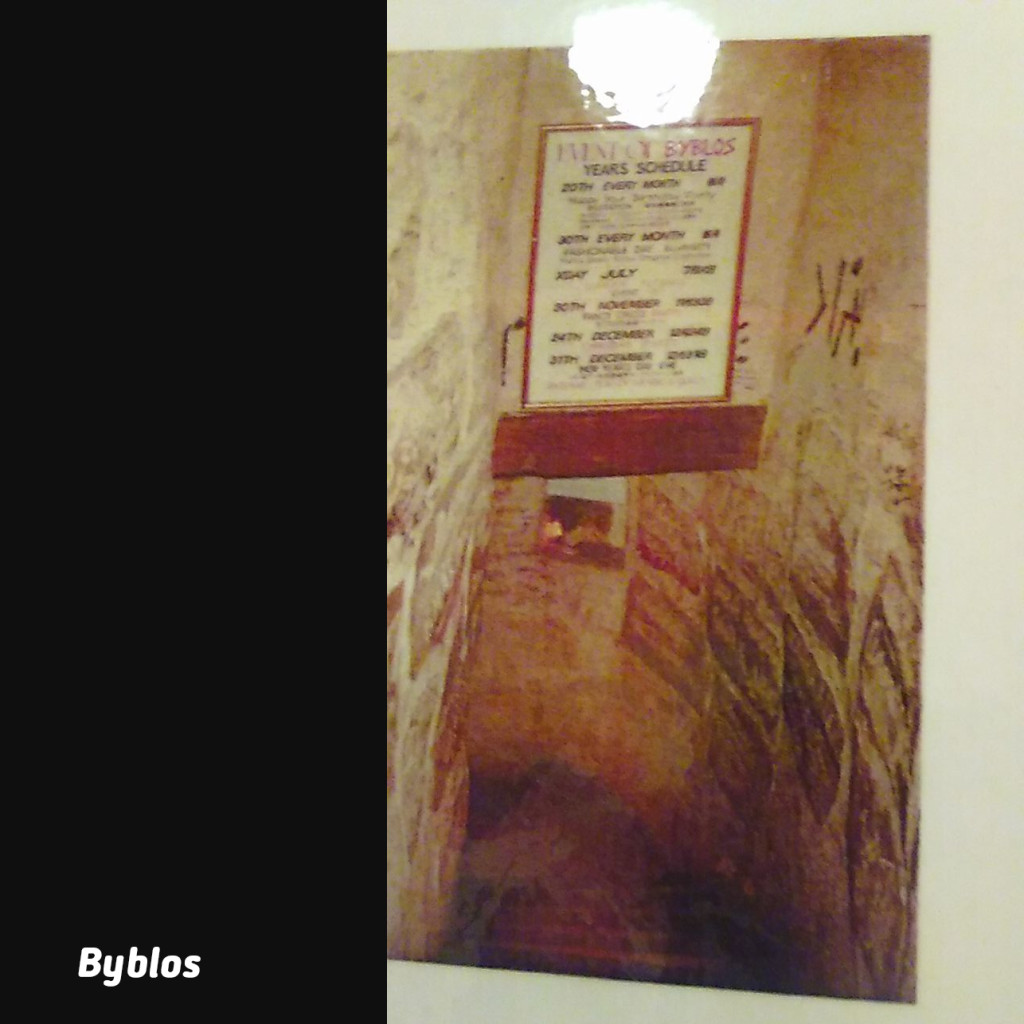 Japan in the 80s, a backdrop for John Deacon's disco adventures and social experiences
Japan in the 80s, a backdrop for John Deacon's disco adventures and social experiences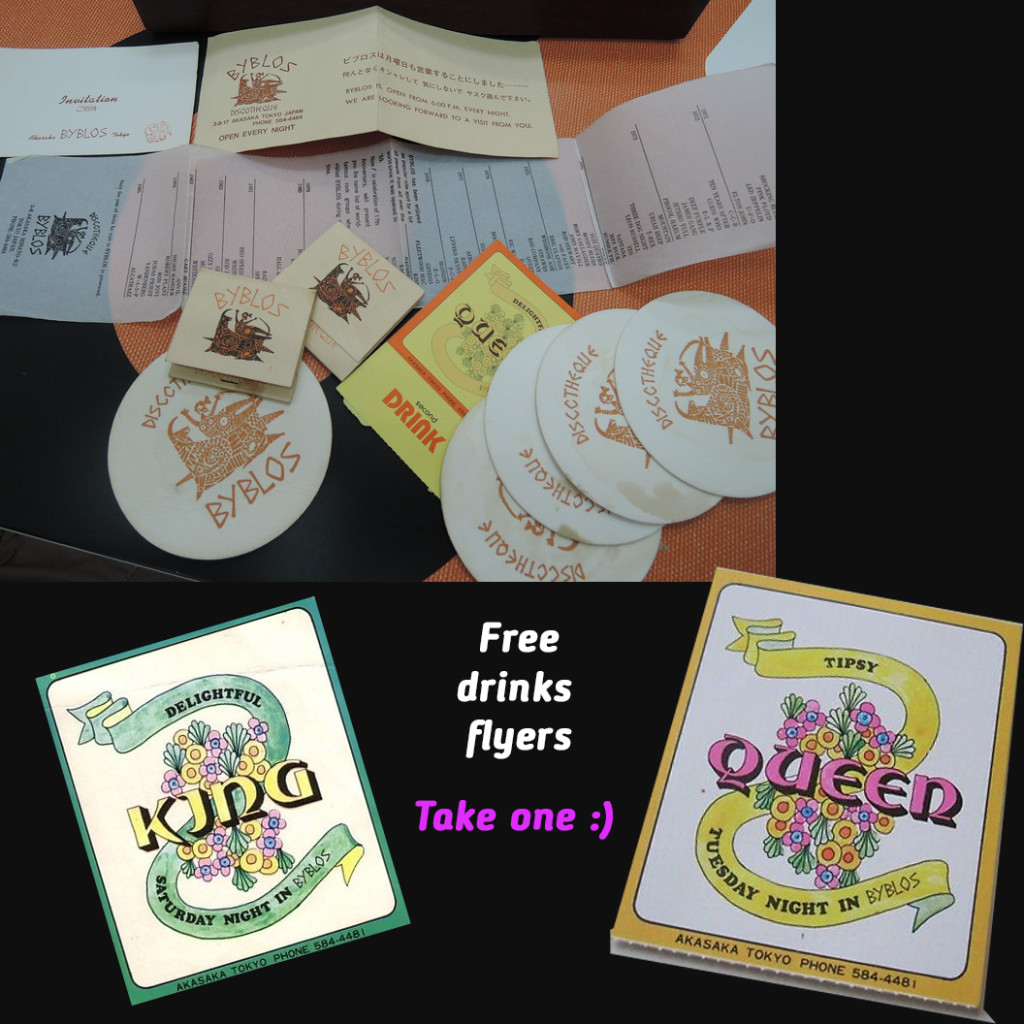 John Deacon's Japanese tour days, where disco nights were a part of his routine
John Deacon's Japanese tour days, where disco nights were a part of his routine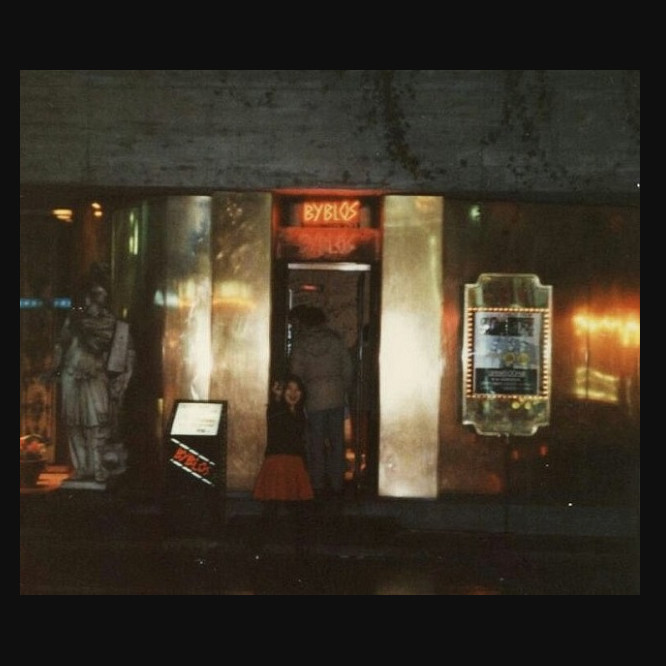 Japanese nightlife in the 80s, the setting for John Deacon's "Dancing Queen" moments
Japanese nightlife in the 80s, the setting for John Deacon's "Dancing Queen" moments Lexington Queen club in Roppongi, Tokyo, mentioned as a place frequented by Queen
Lexington Queen club in Roppongi, Tokyo, mentioned as a place frequented by Queen
8/10
The early 80s were a peak period. The dedicated Japanese fan club famously followed John, even infiltrating clubs like The Lexington Queen, providing invaluable eyewitness accounts of his dancing prowess. Witnesses reported John visiting as many as 8 discos per night during Japanese tours. Despite mentions of “excesses,” these years were arguably among John’s best. Crucially, there were no disrupted concerts attributed to him, no police incidents, no rehab stints, no scandalous behavior, and his interviews remained consistently polite and brief. He maintained excellent physical condition and seized every opportunity to dance, even during the recording of Saturday Night Live in September 1982. That particular night, Freddie was reportedly unwell, vocally strained and preoccupied with personal issues. John, in a way, subtly “saved the show,” diverting audience attention with his energetic performance.
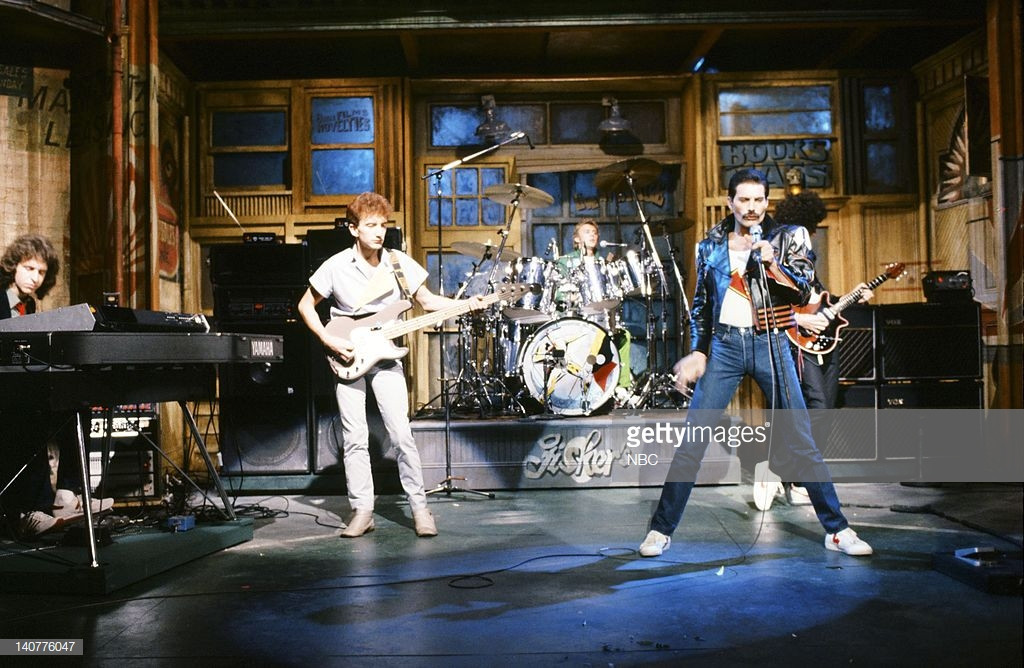 John Deacon performing on Saturday Night Live in 1982, showcasing his professionalismSATURDAY NIGHT LIVE Pictured: (l-r) John Deacon, Roger Taylor, Freddie Mercury — Musical guest Queen performs on September 25, 1982 — Photo by: Al Levine/NBC/NBCU Photo Bank
John Deacon performing on Saturday Night Live in 1982, showcasing his professionalismSATURDAY NIGHT LIVE Pictured: (l-r) John Deacon, Roger Taylor, Freddie Mercury — Musical guest Queen performs on September 25, 1982 — Photo by: Al Levine/NBC/NBCU Photo Bank
9/10
Words can only partially capture John’s dancing persona. The truth is, we may never fully witness John’s uninhibited dance. The closest glimpse might be his San Remo performance in February 1984. Queen headlined the San Remo Song Festival, miming their new single “Radio Ga Ga” to a massive audience. It marked their first public appearance since 1982 and their Italian debut. Despite being a mimed performance, Queen’s established coolness allowed them to disregard any pretense. Freddie shamelessly enjoyed himself, Brian feigned guitar playing (not being a dancer), and Roger similarly mimicked drumming to avoid looking idle. However, in his corner, Mr. Deacon was clearly having a fantastic time! While not overtly extravagant, his movements hinted at the “Disco Deacon” beneath the surface. He even ran to the piano during a later mimed performance in Montreux in May 1984, to mimic piano parts. These glimpses, though fleeting, suggest the true “Disco Deacon,” largely hidden from public view (though hope remains that more footage may surface).
[Again, I encourage you to find and revisit these videos to observe John’s subtle dance expressions.]
 John Deacon in San Remo 1984, hinting at his inner "Dancing Queen" even in mimed performances
John Deacon in San Remo 1984, hinting at his inner "Dancing Queen" even in mimed performances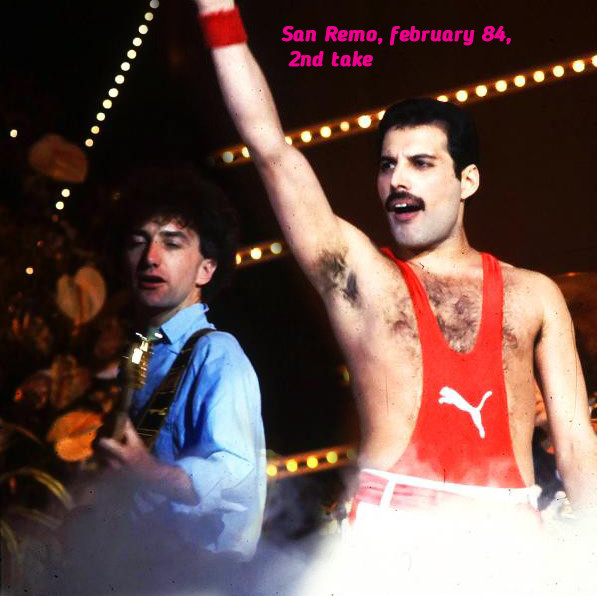 John Deacon performing in San Remo, showcasing his subtle yet expressive movements
John Deacon performing in San Remo, showcasing his subtle yet expressive movements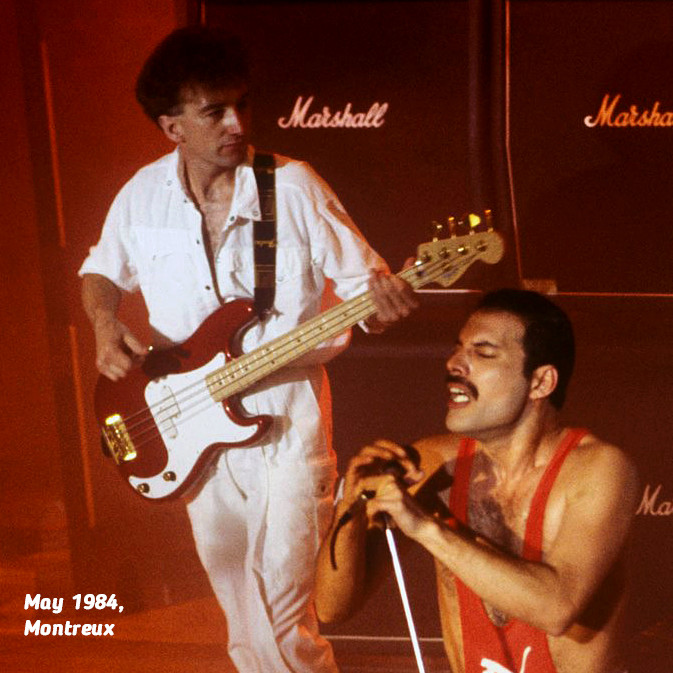 San Remo performance, capturing John Deacon's enjoyment and understated dance energy
San Remo performance, capturing John Deacon's enjoyment and understated dance energy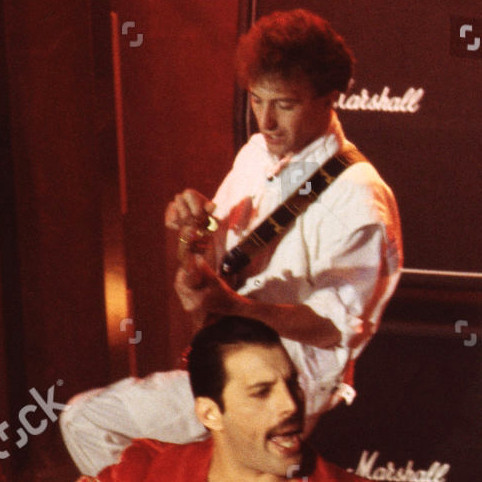 John Deacon at San Remo, his performance suggesting a hidden "Disco Deacon" persona
John Deacon at San Remo, his performance suggesting a hidden "Disco Deacon" persona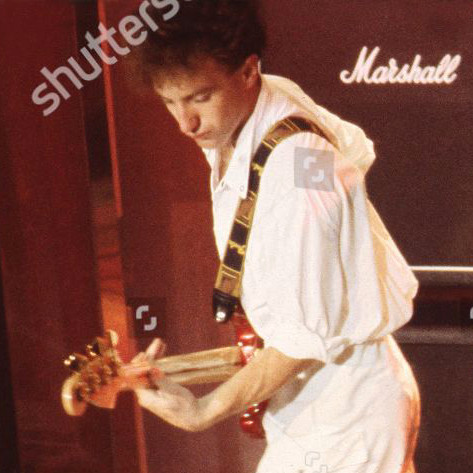 San Remo 1984, a glimpse into John Deacon's "Dancing Queen" spirit during a performance
San Remo 1984, a glimpse into John Deacon's "Dancing Queen" spirit during a performance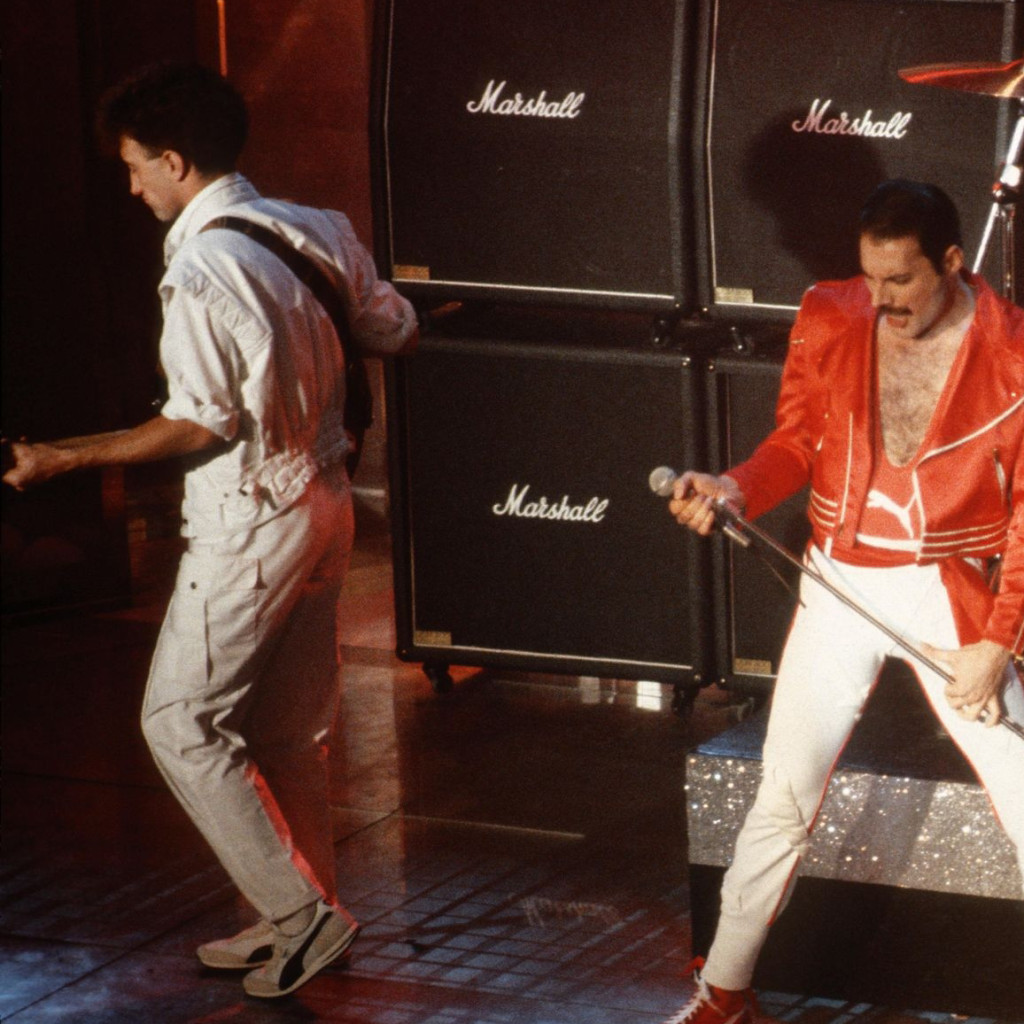 Performance still from San Remo, highlighting John Deacon's subtle dance expressions
Performance still from San Remo, highlighting John Deacon's subtle dance expressions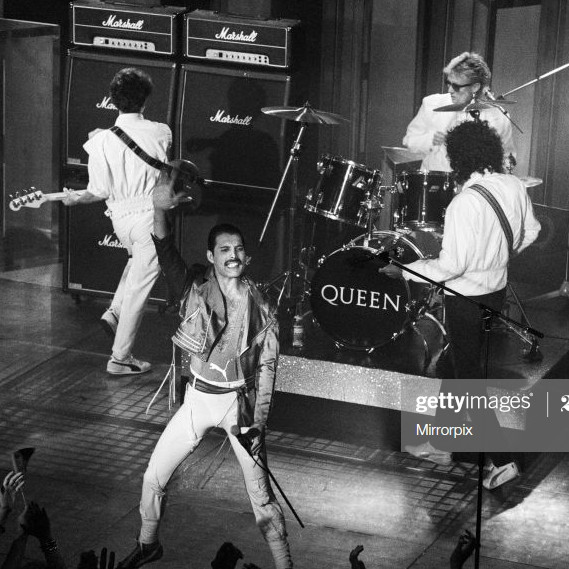 John Deacon's San Remo appearance, offering hints of his "Dancing Queen" personality
John Deacon's San Remo appearance, offering hints of his "Dancing Queen" personality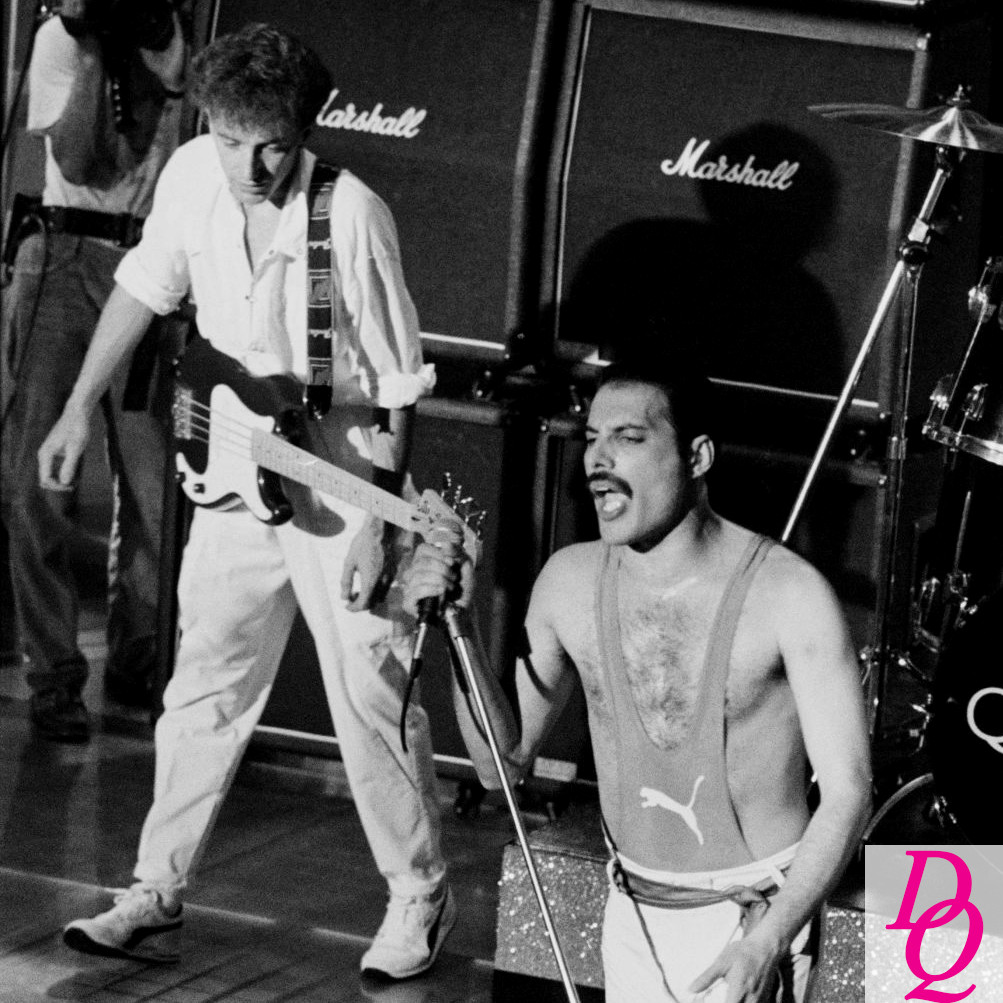 San Remo performance, John Deacon subtly embodying his "Dancing Queen" persona
San Remo performance, John Deacon subtly embodying his "Dancing Queen" persona
10/10
We conclude this “Dancing Queen” series with another attempt to “imagine the impossible” – photos of John Deacon genuinely dancing “in the wild.” These images are from a party at Kensington Roof Gardens in London on July 12th, 1986, following Queen’s second Wembley show. This party preceded the European leg of their Magic Tour, culminating on August 9th. Numerous photos from this event exist, ranging from scantily clad guests to celebrity attendees. While Deacon often remained elusive in such social settings (his whereabouts at Freddie’s hat party or black and white party are unknown), he was captured at this event. Dancing.
Further evidence of “Disco Deacon” emerges from the Magic Tour era. John’s dance skills visibly evolved; a decade of active performing had honed his stage presence. As bass parts in later setlists became less technically demanding, Deacon found more space to express himself on stage. Alcohol may have played a minor role, but John’s bass mastery had reached a level where he could perform almost instinctively. Work remained paramount, but this was also the era of the “quiet John” finding his own forms of expression.
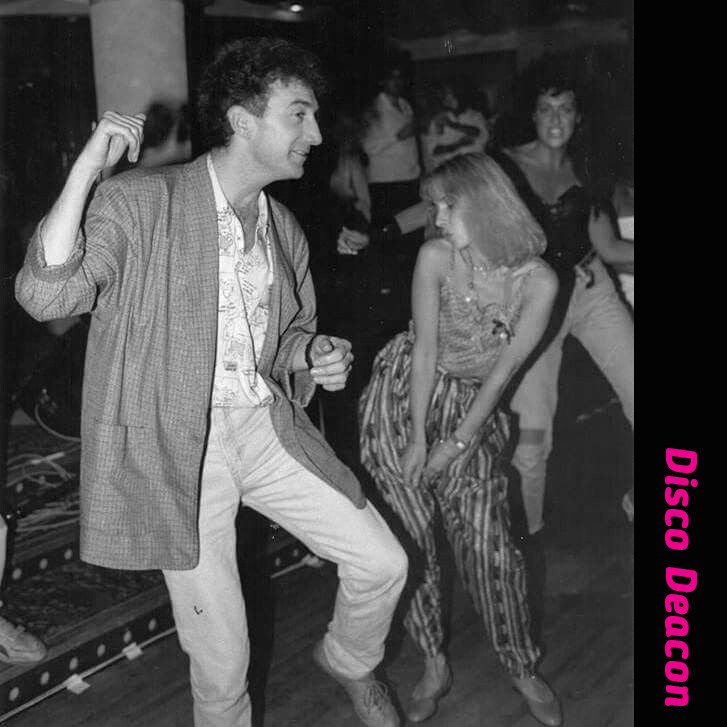 John Deacon dancing at the Kensington Roof Gardens party in 1986, a rare glimpse of him "in the wild"
John Deacon dancing at the Kensington Roof Gardens party in 1986, a rare glimpse of him "in the wild" John Deacon at the Kensington Roof Gardens party, captured in a moment of dance and enjoyment
John Deacon at the Kensington Roof Gardens party, captured in a moment of dance and enjoyment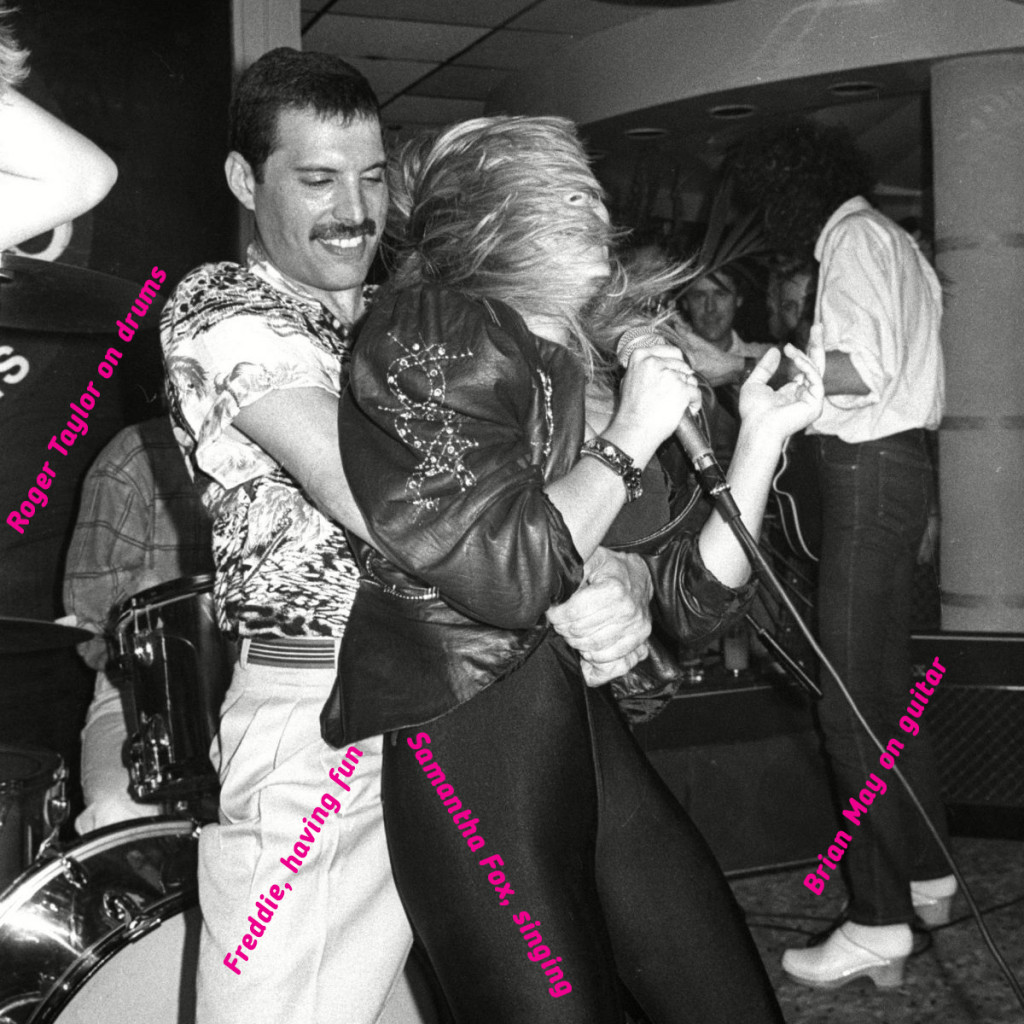 Kensington Roof Gardens party, featuring John Deacon in a rare candid dancing shot
Kensington Roof Gardens party, featuring John Deacon in a rare candid dancing shot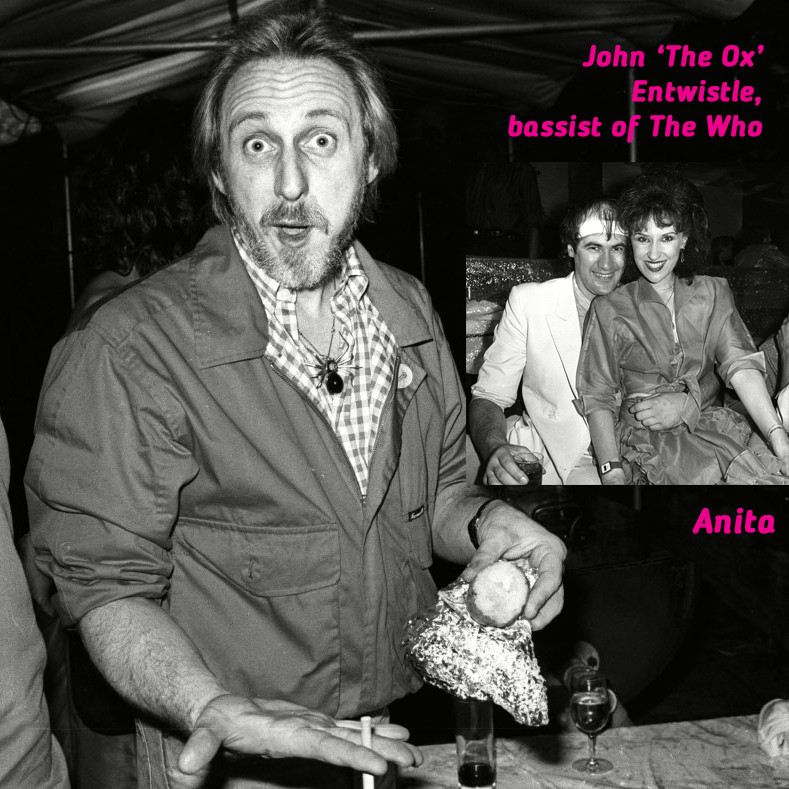 John Deacon dancing at the party, a moment of his "Dancing Queen" persona outside of performance
John Deacon dancing at the party, a moment of his "Dancing Queen" persona outside of performance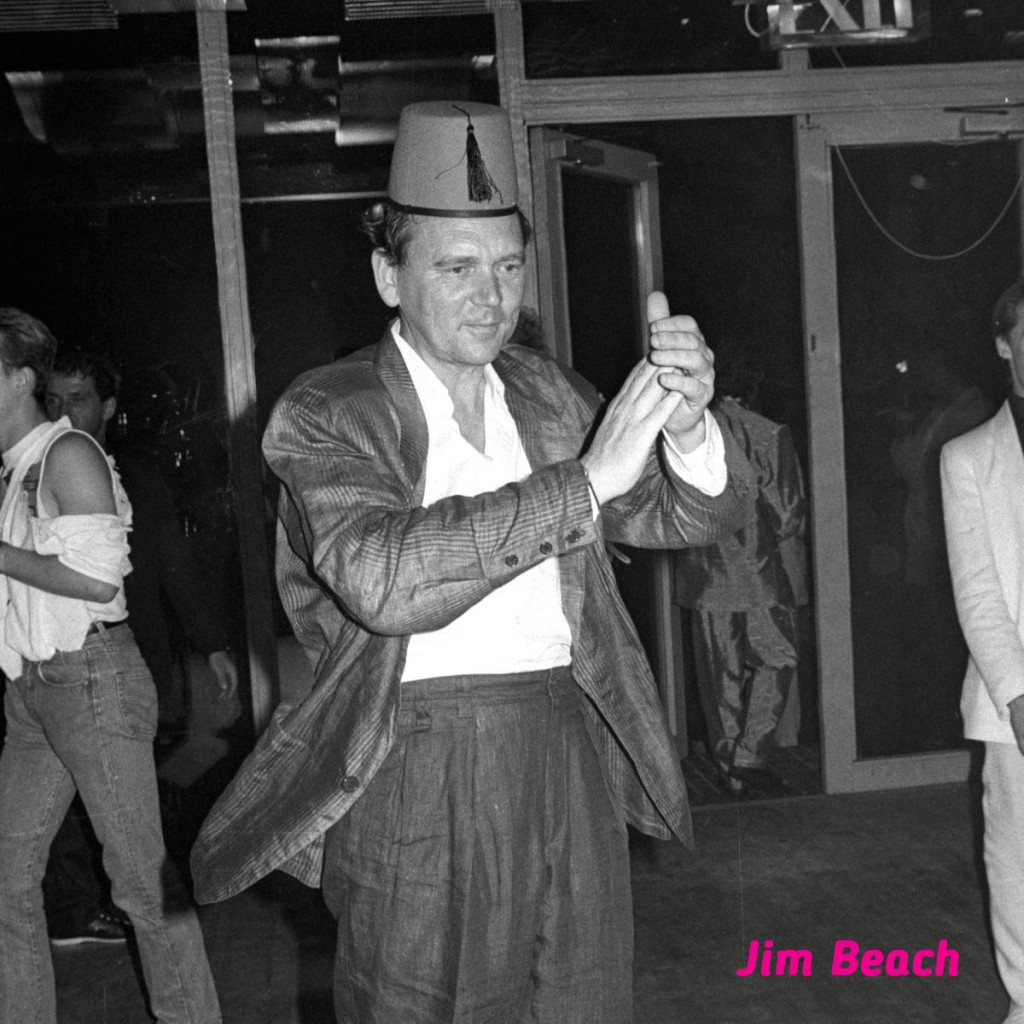 Kensington Roof Gardens party, capturing John Deacon in a relaxed and celebratory dance mood
Kensington Roof Gardens party, capturing John Deacon in a relaxed and celebratory dance mood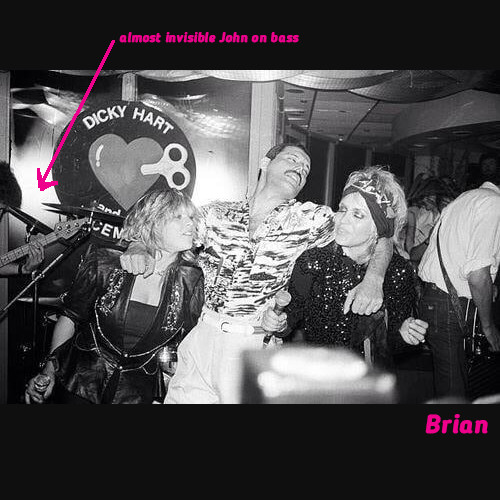 John Deacon enjoying the party and dancing, a rare glimpse of his social dance persona
John Deacon enjoying the party and dancing, a rare glimpse of his social dance persona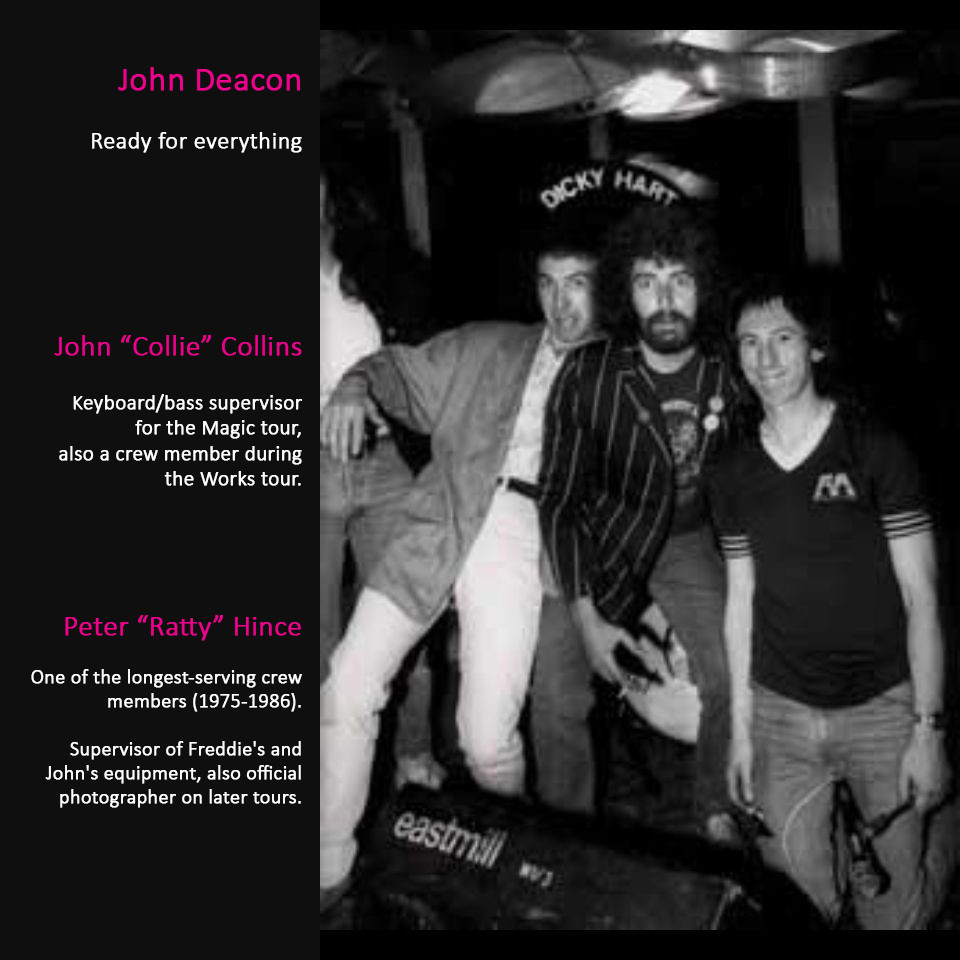 Kensington Roof Gardens event, with John Deacon pictured dancing, showcasing his "Dancing Queen" side
Kensington Roof Gardens event, with John Deacon pictured dancing, showcasing his "Dancing Queen" side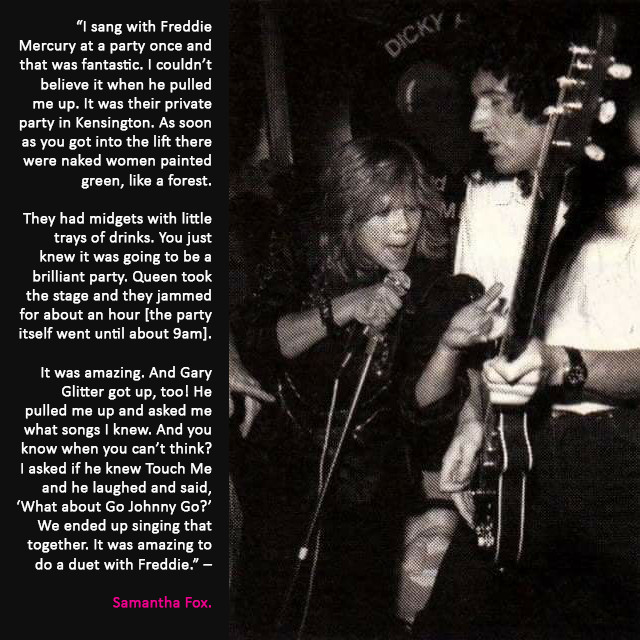 John Deacon at the party, dancing freely, offering a glimpse into his personal enjoyment of dance
John Deacon at the party, dancing freely, offering a glimpse into his personal enjoyment of dance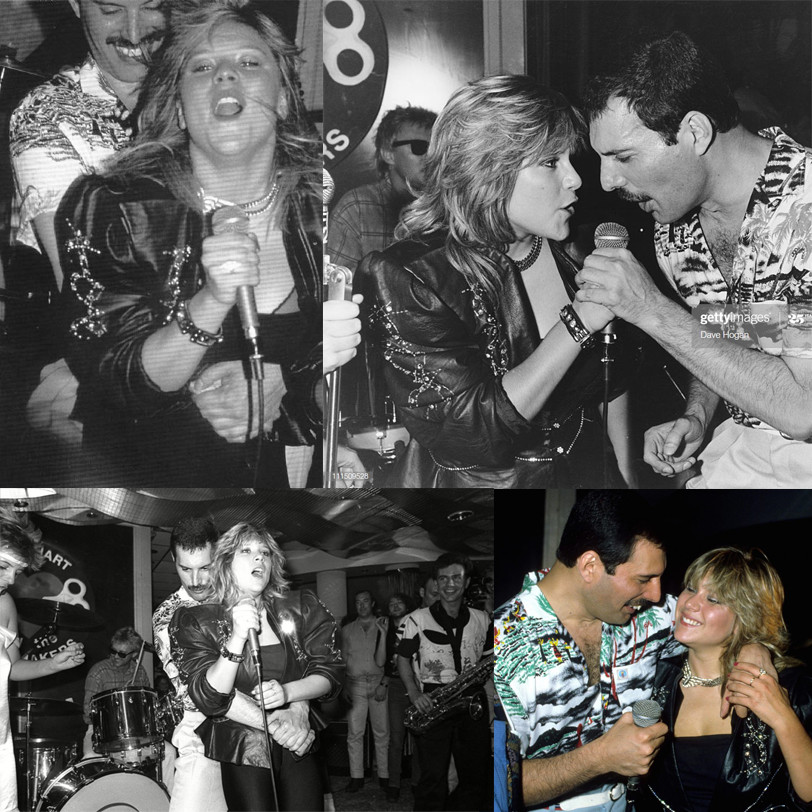 Kensington Roof Gardens party, featuring John Deacon in a candid dancing moment from 1986
Kensington Roof Gardens party, featuring John Deacon in a candid dancing moment from 1986 John Deacon dancing at the party, a rare sighting of his "Dancing Queen" persona in a social setting
John Deacon dancing at the party, a rare sighting of his "Dancing Queen" persona in a social setting
11/10
Another glimpse, albeit an unconventional one, of a dancing Deacon comes from a Montreux party in May 1986. Here, John is seen playfully interacting with a Crystal, making unusual hand gestures and dancing/sliding under a table, seemingly as a humorous antic for the cameraman, who appears less than amused. The woman beside him perfectly captures the “wtf” moment. It’s movement, yes, but not the freely expressive dance we imagine.
Thank you, Universe, for these glimpses, BUT IS IT TOO MUCH TO ASK FOR? JUST A DEACON, LOST IN MUSIC, AS HE UNDOUBTEDLY WAS NIGHTLY AT DISCOS? A BASS PLAYER WITH INNATE RHYTHM? A COOL CAT WHO LOVED TO DANCE?
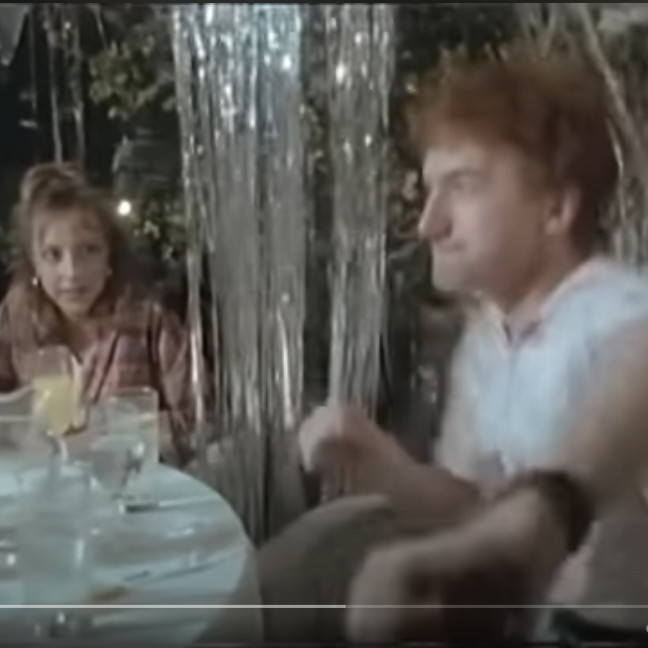 John Deacon at the Montreux party, a playful and humorous moment captured on camera
John Deacon at the Montreux party, a playful and humorous moment captured on camera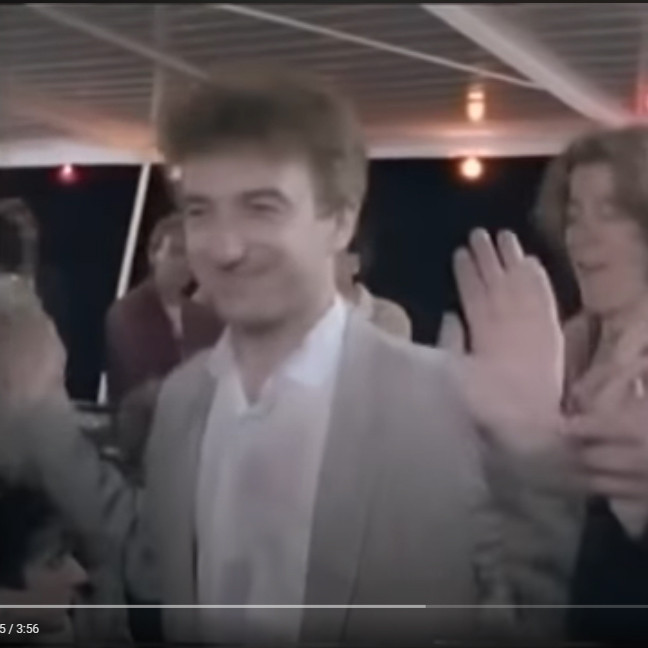 Montreux party scene, with John Deacon engaging in playful antics and dance-like movements
Montreux party scene, with John Deacon engaging in playful antics and dance-like movements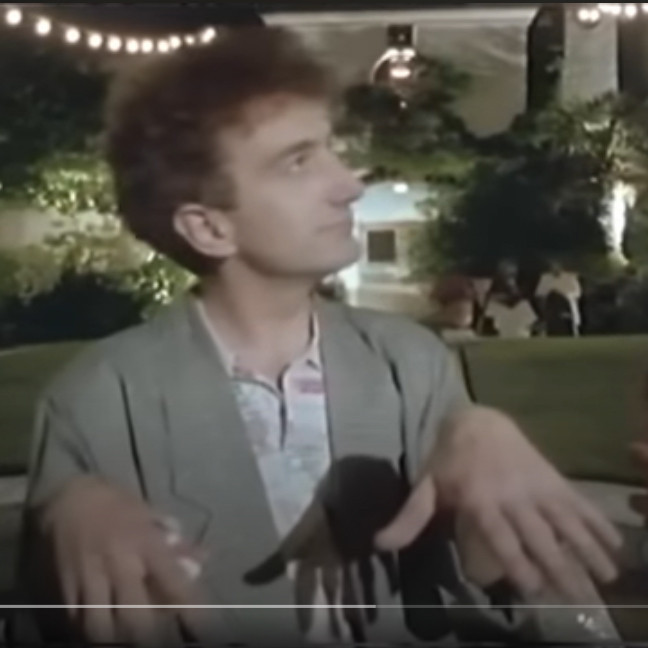 John Deacon at the Montreux party, a glimpse of his playful side and dance-related humor
John Deacon at the Montreux party, a glimpse of his playful side and dance-related humor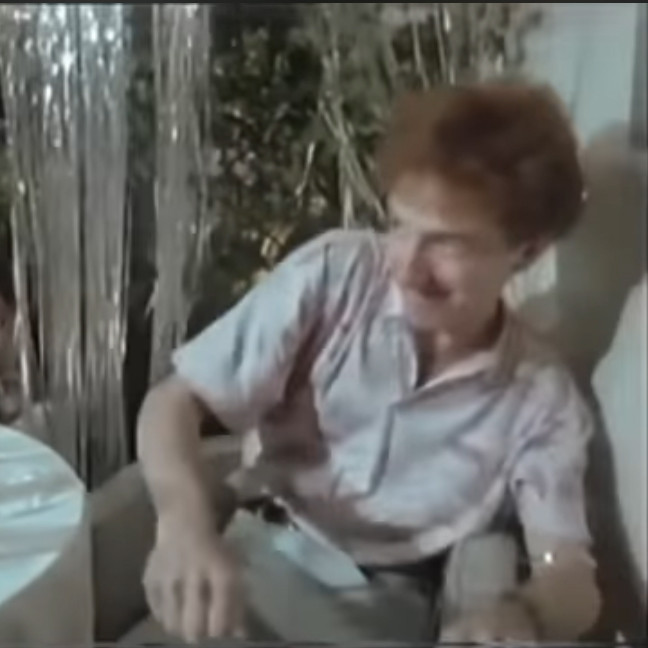 Montreux party, capturing John Deacon in a funny, dance-adjacent moment, entertaining those around him
Montreux party, capturing John Deacon in a funny, dance-adjacent moment, entertaining those around him
Share this:
Like Loading…
